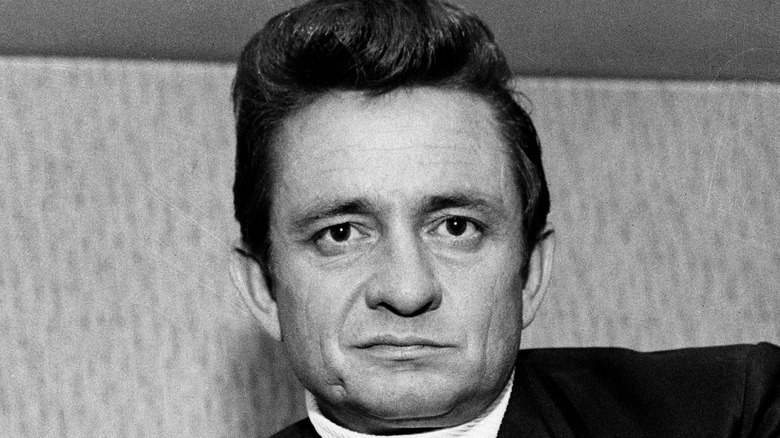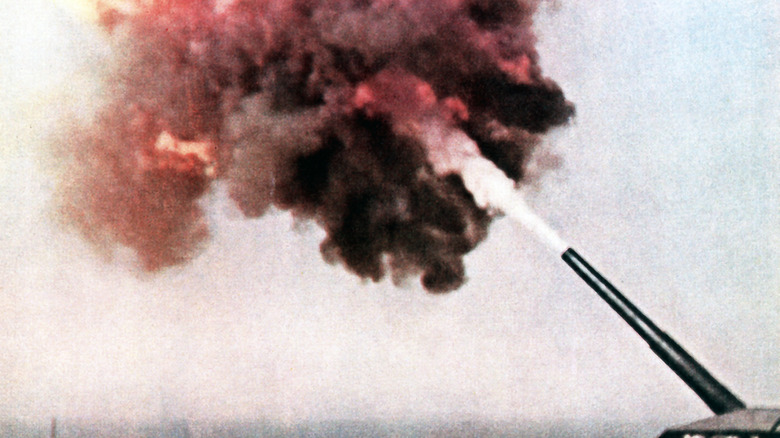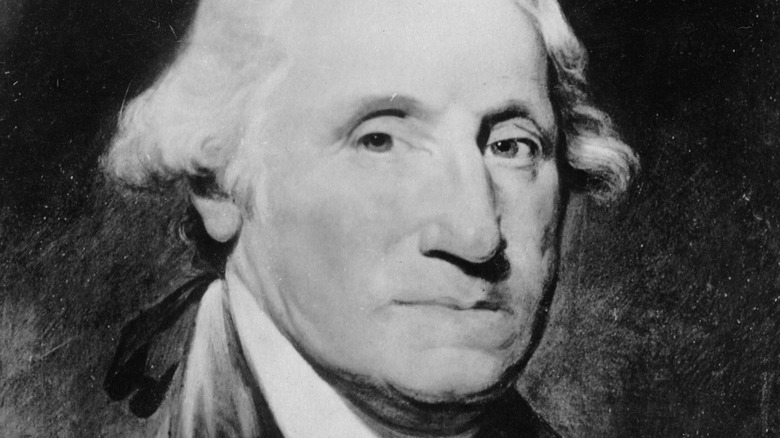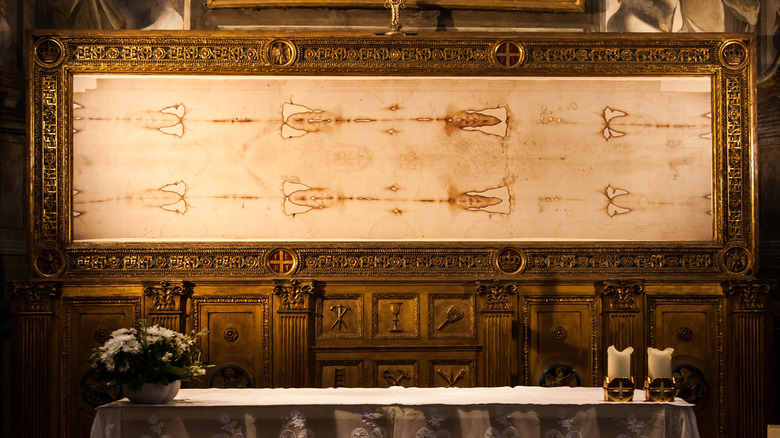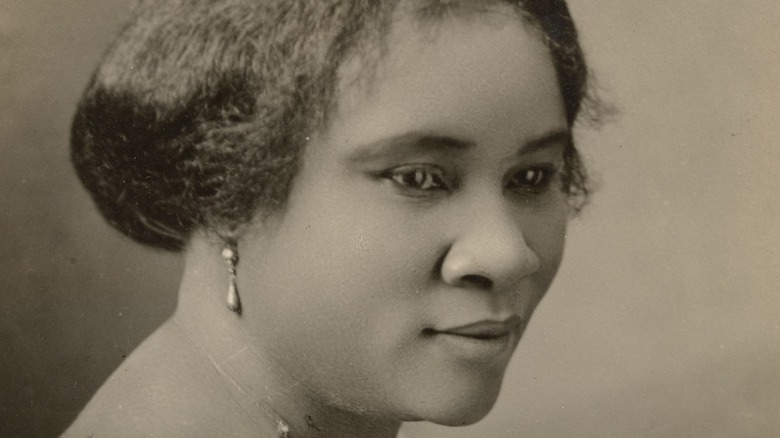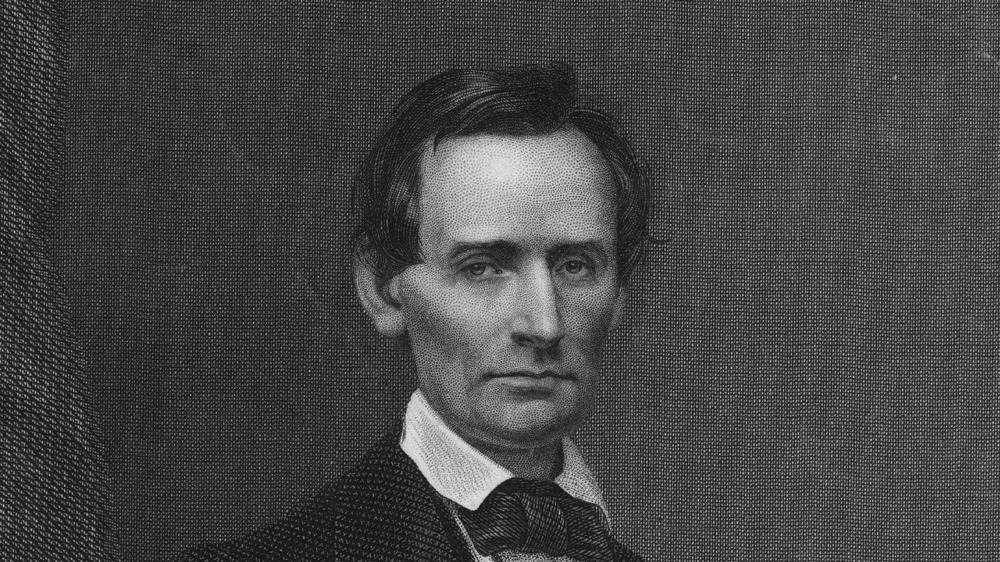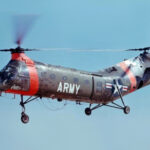
More Planes That Have Should Never Been Built
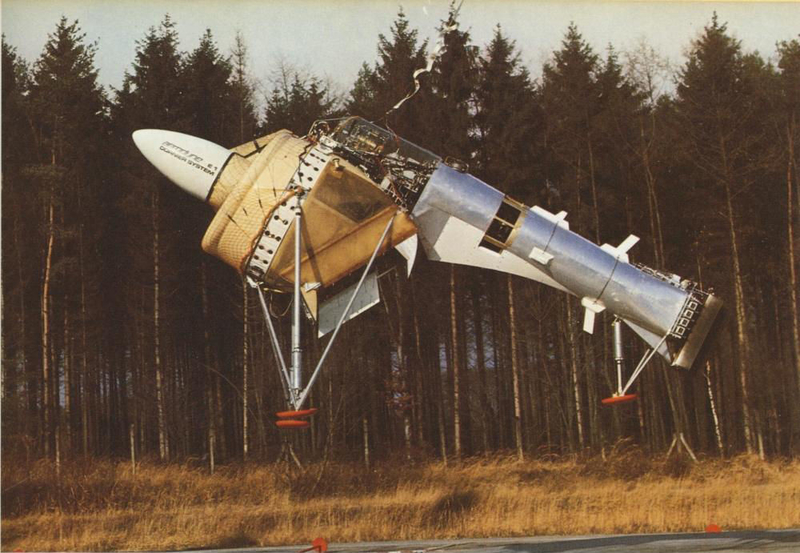
Evidently, these genius “innovators” got a little too experimental with their plane designs, resulting in some horrible crash landings, explosions, and even hastened discontinuations. Eager to marvel over more disaster aircraft designs? Here’s part two.
Kellett-Hughes XH-17
One of the main purposes of a helicopter is to hoist large and oversized loads to places that traditional planes cannot access. So when the Hughes Aircraft Company designed the largest helicopter in the world, the XH-17 in 1952, people were delighted.
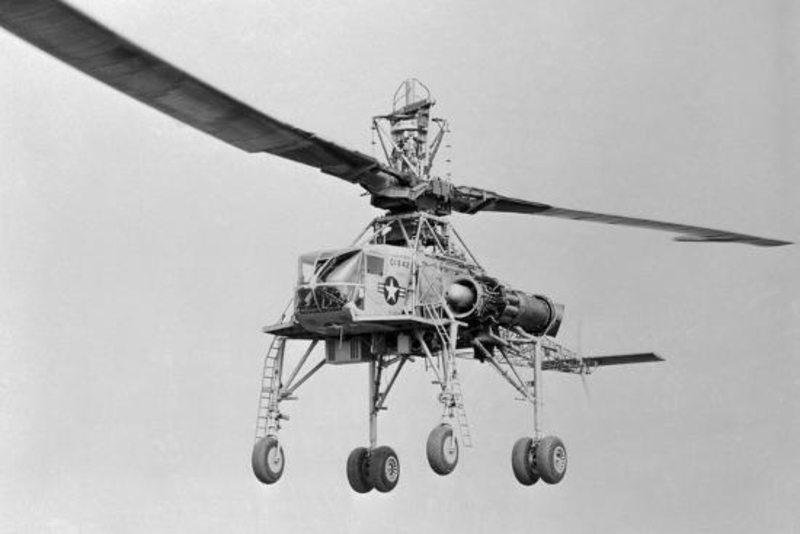
It consisted of a 120-foot rotor system but in the middle of the testing stage, the XH-17 showed that it was not up to the task as flames began to rise from the jet engines on the rotor tips. Apparently, those as far as eight miles away from the helicopter could hear the monstrosity burning to ashes.
Avro Canada VZ-9AV Avrocar
It’s pretty tempting to get behind the wheel of a flying saucer! But, when it came to this UFO, inspired flying machine, the cost was just too much, estimating at $10 million apiece, according to Aviation CV. Not only were the costs exorbitant, but the other problem with the project was that the designers and engineers grappled to get the Avrocar more than a few feet off the ground without facing major problems.
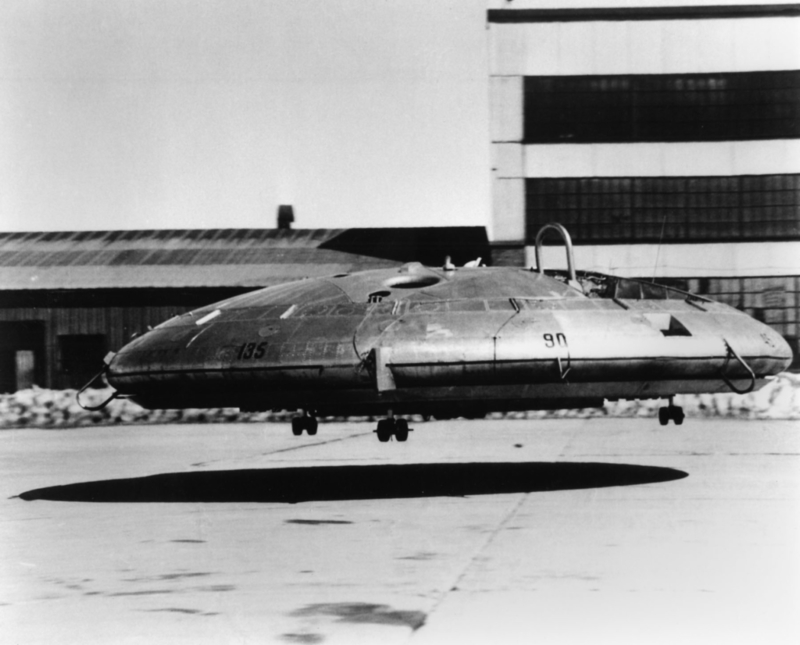
After some tweaks, production commenced in 1958, but the engineers built only two models in two years. Throughout testing, the Avrocar had unresolved thrust and stability problems that limited it to a low-performance flight envelope. And so the Avro Canada VZ-9AV Avrocar was no more.
LTV XC-142
Another experimental gem we have here. The XC-142 was a tri-service tilt-wing aircraft created to investigate the operational suitability of vertical/short takeoff and landing transports. After the first transitional flight with vertical take-off that took place in January 1965, there was some hesitation over whether or not to continue.
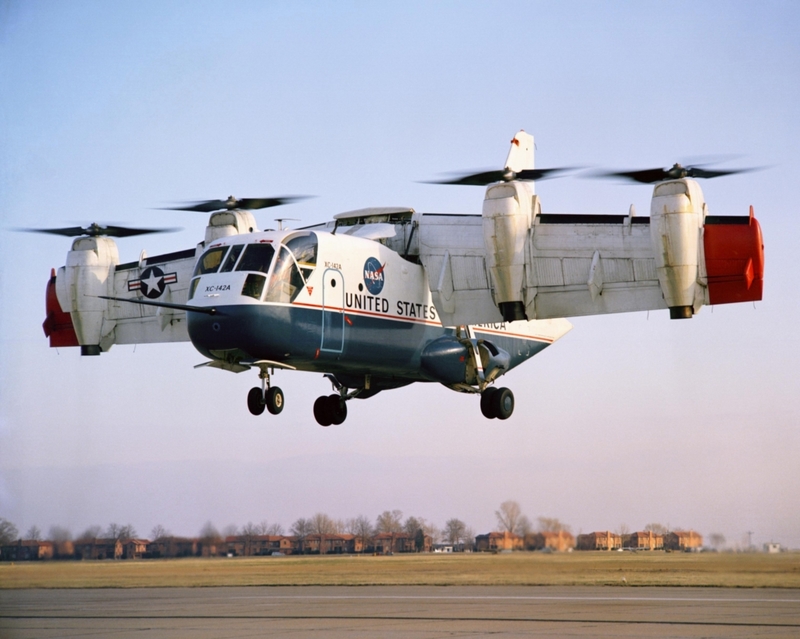
The vertical take-off that resulted in the helicopter being changed to forward flight and ultimately land vertically was perhaps a little too complicated. Five models were manufactured, as a large, boxy fuselage with a tilted rear area featuring a loading ramp. The wingspan was 67 feet and 58 feet long overall. After the five models, they ceased to produce it.
Sikorsky CH-37C Mojave
Introducing this bug-eyed monstrosity; The Ch-37C was a huge, heavy-lift helicopter, which experienced its first-ever flight in 1956, it was also one of the last helicopters to use a piston engine, which was even bigger, heavier, and sadly less powerful than the turboshaft engines. It wasn’t all bad though, as the helicopter did help to recover spy satellite film capsules that dropped from space via parachute.
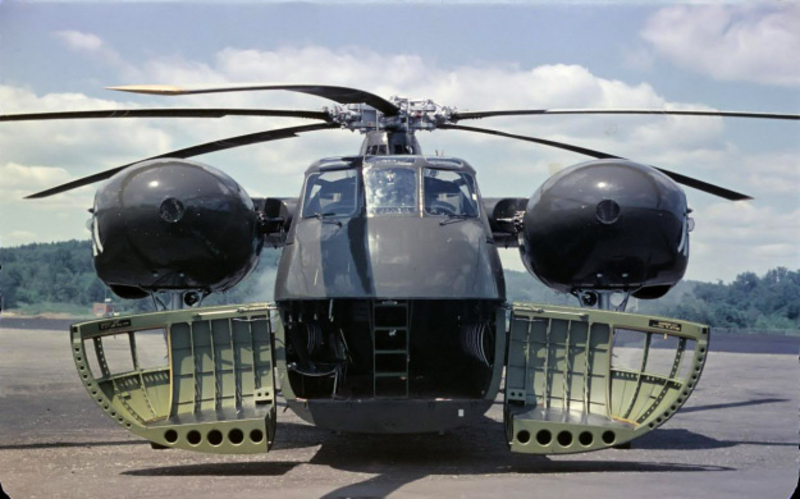
It did provide some decent services but it was terribly strange-looking, which, as it might come as a surprise, is of somewhat importance, even for NASA.
Piasecki H21
It should be no surprise that this flying machine also got the nickname, “the flying banana,” this multi-purpose helicopter used wheels, floats, and skis and even had a winterization feature that allowed it to function at ridiculously low temperatures ( -65 Fahrenheit.)
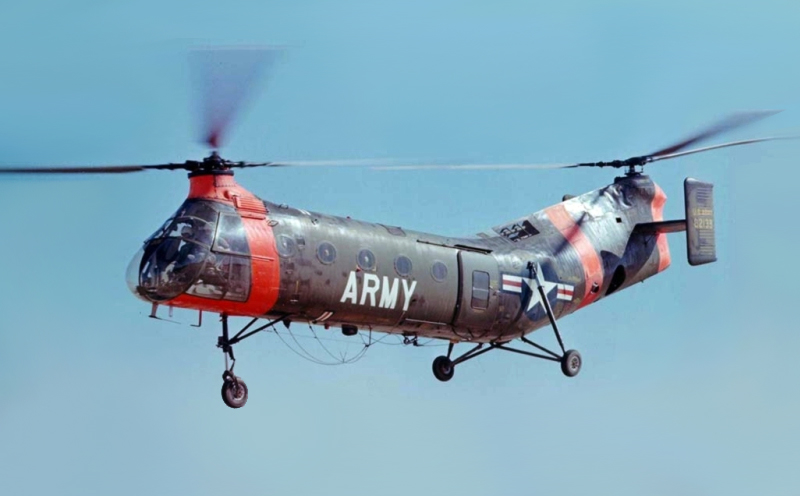
Piasecki produced the H21 as an Arctic rescue helicopter, which makes sense considering its fantastic cold-proof functionality. But even with all those capabilities as well as the fact that it was equipped for 12 infantrymen or 12 stretchers, and two medical attendants, the helicopter only was in operation between 1952 until 1959. Did it have to do with the ridiculous shape? It’s possible.
EL/M-2075 Phalcon
According to FAS, the EL/M was the most advanced airborne early warning and control system. Had it not been for the clown-style nose of the EL/M, it would just appear to be a regular 707 Boeing. The chief objective of the plane was to serve as an intelligence provider to maintain air control and conduct surveillance.

The EL/M-2075 is a solid-state conformal array radar system for use on a 707 Boeing. While it was super-advanced, design-wise, people had an issue with the strange-looking nose making the Phalcon looking very strange. You can’t win it all.
Dornier Aerodyne
Engineer Alexander Lippisch was in charge of the Dornier Aerodyne, a wingless VTOL bot-controlled winged aircraft. The thought that Lippisch had conceptualized was for the plane was to merge lift and thrust production into a single unit and flow channel. Lippisch designed it to be a land or ship supported drone for aerial reconnaissance.

Measurements wise, the Aerodyne was 18 feet long and 6 feet wide. Lippisch ended up being part of the Dornier team that produced only one prototype. For some mystery reason, the first flight was in September 1972 and never again as it retired two months later.
North American F-82 Twin Mustang
Two heads are generally better than one, as they usually say. With this theory in mind, one would think it could be applied to plane design. And thus the North American F-82 Twin Mustang was born.
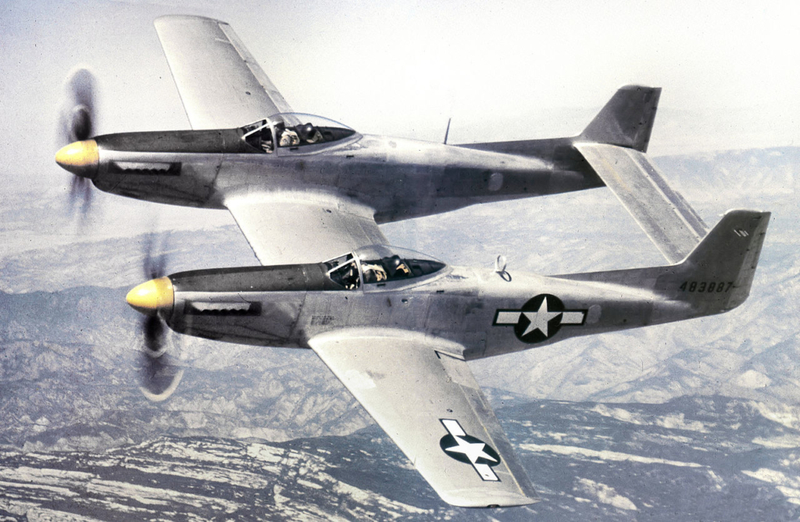
Unfortunately, things did not go according to plan and the “double P-51” that was designed as a long-range escort fighter for WWII, was called off before it was even operational.
Bartini Beriev VVA-14
If this thing had a spirit animal, it would be a walrus. To be honest, at the first glance at this monstrosity, one struggles to figure out what exactly it is. Is it a boat with wings? A plane? No one is entirely certain, but one thing is clear, it looks very bizarre.
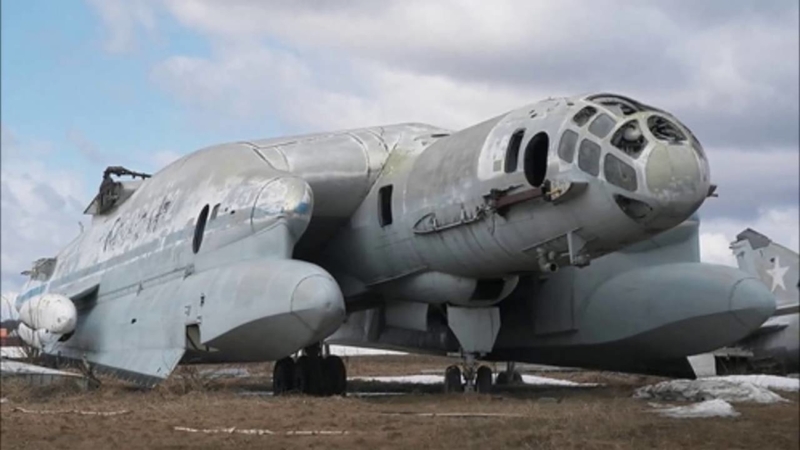
Designers from the Soviet Union developed this machine in the 1970s as a wing-in-ground-effect aircraft to take-off from water and fly at high speed over extended distances. The designers meant for the plane to fly at high altitudes, as well as hovering just above the sea utilizing aerodynamic ground effect. The first flight was in September 1972. There were not that many since and now it’s just an old weird plane.
Mil V-12
Russians traditionally have quite the knack for engineering, especially when it comes to helicopters, but when it came to this one, in an ironic twist, it was an issue of competing technologies that drove this helicopter into redundancy. In fact, you might say that they just “out-technology-ed” themselves. Considered to be the world’s largest helicopter, the wondrous flying machine could carry up to 196 passengers, or 88,000 pounds of payload.
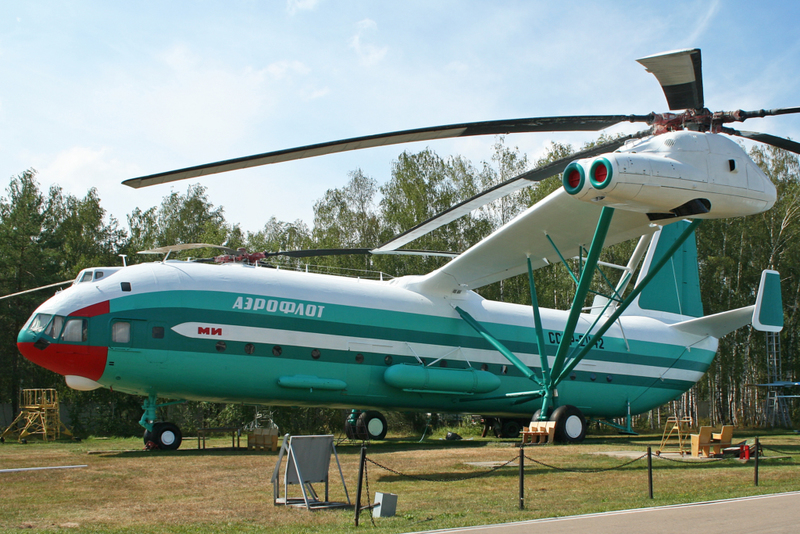
But its downfall was that it was unable to meet missile advancements. Although huge, its purpose was deploying ballistic missiles. Missile technology moved at lightning speed and during the ’70s, and the aircraft became outdated as missiles moved forward without its help.
Curtiss-Wright VZ-7
Army standards are high, as they should be. Equipment, tools, and especially aircraft need to be of an impeccably high standard. This is for combat after all and things need to run as smooth as possible. When the Curtiss-Wright VZ-7 burst onto the scene, it looked like it was born for the army.
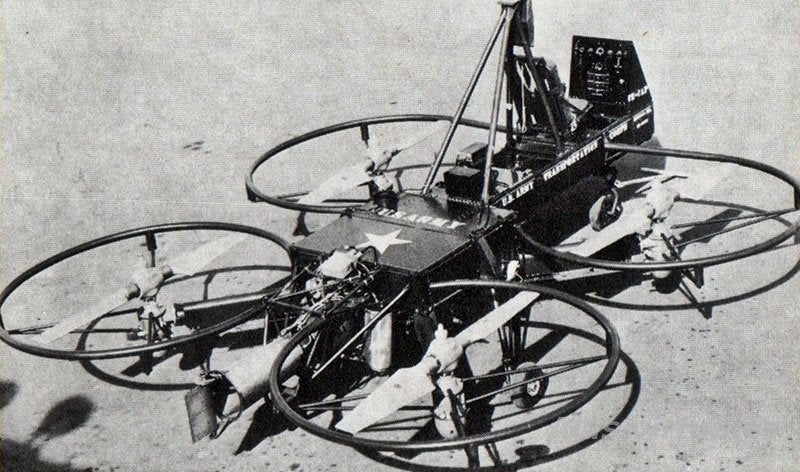
It even got the nickname “the flying jeep,” and all signs pointed to “yes.” No doubt that this thing was dangerous and unique, there weren’t any shrouds around the propellors. Nevertheless, the military did just not approve of it and it never really saw its potential. Farewell flying jeep, you tried.
Hiller X-18
The Hiller X-18 was sort of the guinea pig for tilt-wing and VSTOL technology and for some time things looked hopeful. One might even call this particular flying machine a prototype for the Osprey. Sadly things took a turn and the X 18 engineers discovered that it couldn’t even withstand a gust of wind.
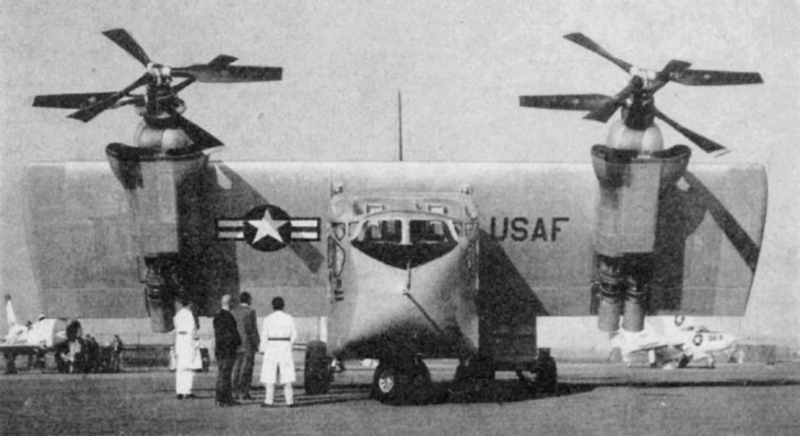
The engines were not cross-linked, resulting in engine failure and ultimate crashing. Less ideal for planes. To much crashing deterred production, the Hiller X-18 came to a halt and all production was ceased. It did however inspire later models and laid the groundwork for more developed technologies.
Adam A700
Here is an example of how difficult it is to get a plane off the ground, so to speak. This doesn’t only refer to mechanics, but also to money. The Adam A700 was a victim of financial issues, even though it was produced during the early 2000s aviation start-up boom. Things looked positive, as many plane start-ups were succeeding, but sadly the Adam was not one of the fruitful ones.

The six-seat A700 had two Williams FJ33s mounted on the fuselage and twin wing-mounted booms supporting aft twin rudders, linked by a high horizontal stabilizer. The same went for its A500 piston-powered sister. By 2008, the Adam went bankrupt and was never seen again.
Aviation Traders Carvair
The Carvair had its first take-off in the year 1961, but of the 21 built planes that were built, as many as eight of them were involved in crashes. That does not say much for reliability. This probably had something to do with the fact that the Aviation Traders company founded by entrepreneur Freddie Laker attempted to convert the surplus of Douglas DC-4 engines into car transporters, fit for 25 passengers.
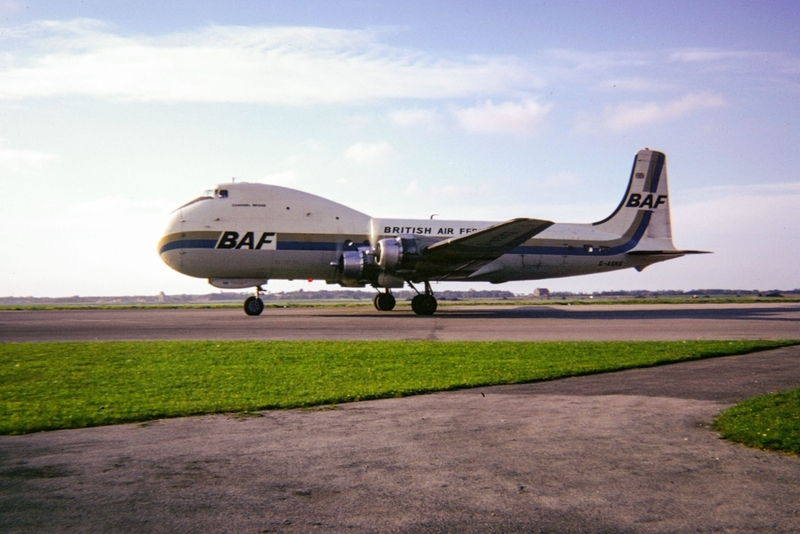
Knowing the reputation of Douglas, this did not sound like a good idea. Of course, there is a lot of money in transporting cars and the details were overlooked. The result was many many accidents. Needless to say, it was discontinued.
Beech Starship
Opinions vary on whether or not the Wichita-built Starship was ever a creation of beauty or a total absurdity. Commercially, it was unquestionably, an utter failure. 53 (too many) of these ridiculous planes were produced between the 1980s and early 1990s.
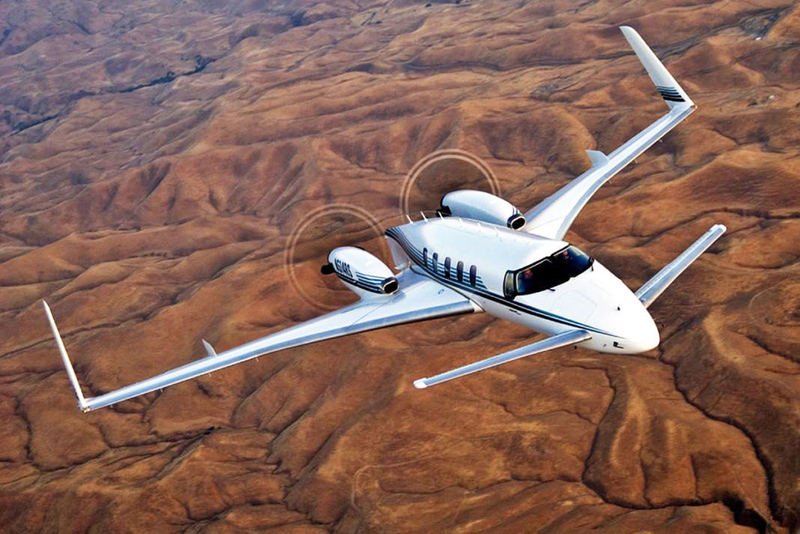
Over a decade later, in 2003, to be precise, Raytheon Aircraft and the Federal Aviation Administration announced they intended to recall all of the Starships ever made and additionally scrap the ones that had been made because the airframer could no longer support them. A monumental loss indeed. It’s safe to say that this was quite the failure and example of overly lavish designs that are completely unnecessary.
The Belfast-build SC.7
The Belfast-build SC.7 is a high-wing turboprop with 19-seats that was used primarily for cargo transport and, due to its somewhat box-like shape, it became known by pilots as “the shed.”
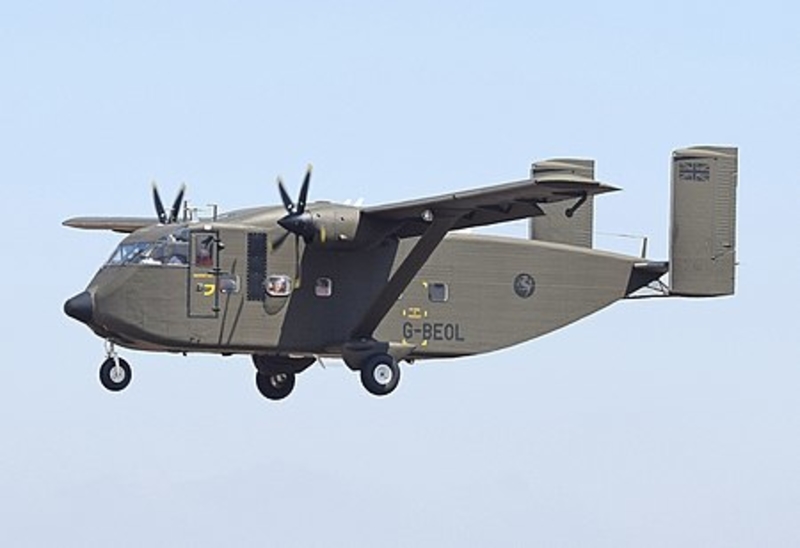
Some 153 models were manufactured between the years 1963 and 1986. While the Skyvan demonstrated itself as a useful workhorse it has historically topped lists as one of the ugliest aircraft ever made.
Kamov KA- 32
Developed by the Bureau of Russian Helicopters’ Kamov, the Ka-32 is a product of the military Ka-27, and its variants are used for a number of missions for heavy-lift cargo operations. firefighting, and medevac.

This is a highly distinctive design that stands out like a sore thumb. While it may get the job done, this aircraft looks like a giant alien bee as it hovers above the ground. Designers weren’t exactly thinking of aesthetics when they made it.
Convair Sea Dart
Generally, aircraft and water are not something any pilot should deal with at the same time. But that did not prevent Convair from merging the two. Essentially a supersonic boat-plane hybrid, The Convair Sea Dart is rather dangerous. Soon after the U.S. Navy’s Flying Pankake failed, this was the new development was in the works.
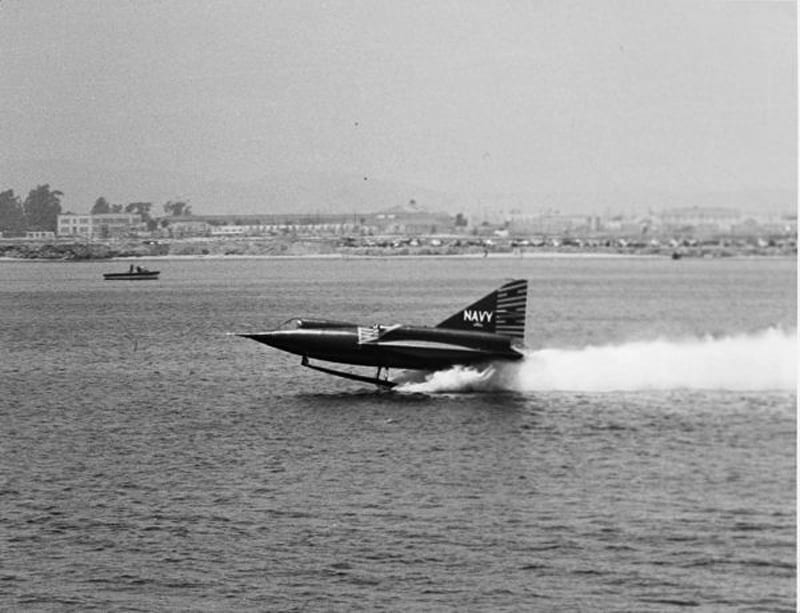
The Sea Dart was developed so that it could use the water as its runway. However, after a tragic accident that took place during a public demonstration, claiming the life of Charles Richbourg, the Sea Dart was abandoned immediately, thankfully.
FLS Microjet (flying) and BD-5 Propeller
Possibly the most functional of planes on the list, the FLS microjet was created by a small experimental (keyword) aircraft and home building company called Bede Aircraft. The plane went up in popularity during the ’70s and became quite the sensation. Still, it wasn’t particularly practical and found its place on the screen instead.
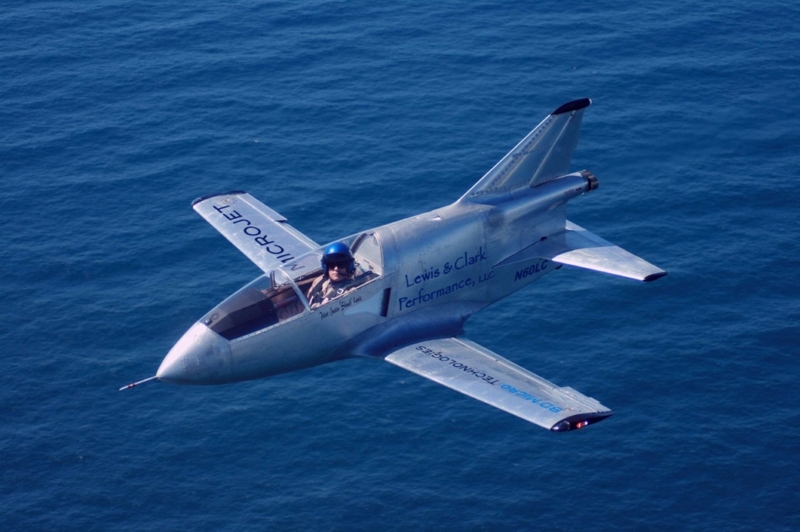
You might know this plane from the iconic Bond film “Octopussy.” The tiny plane measures slightly over 5 meters. Don’t underestimate it though, it can reach speeds of up to 515 km/h with a range of 370 km. With that said, it’s still better off in a Bond film.
Goodyear Inflatoplane
Everyone said it couldn’t be done but then Goodyear (the tire company) came along and proved everyone wrong. The plane prototype was about to get the green light, but sadly for the giant flying machine that never happened. When the U.S. military cottoned onto the fact that this plane wouldn’t be of much use in the army, the idea was quickly discarded.
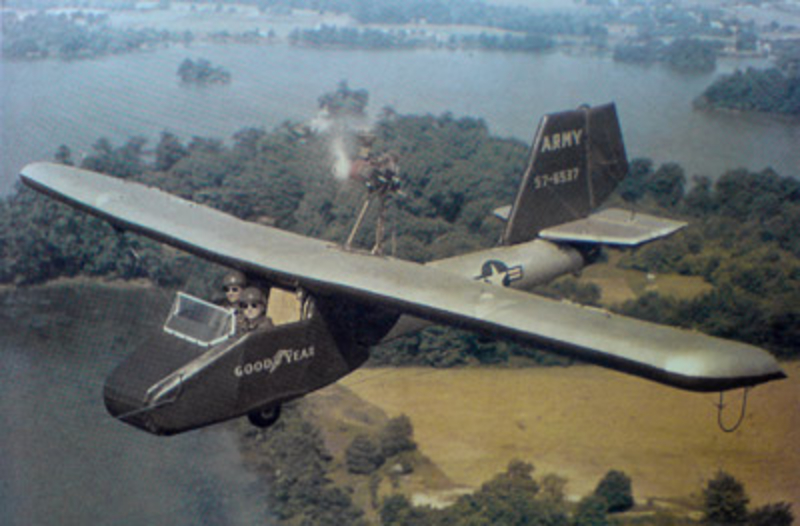
Armies can’t really have planes popping like balloons up there. It doesn’t sound too practical. They were right, and this Inflatoplane was never seen again.
The Pregnant Guppy
Talk about chunky. This monster of a plane was once created in order to ship components for NASA’s Apollo moon mission. Needless to say, this terribly clumsy aircraft was abandoned soon after production. Only one plane was ever created. First taking off September 19, 1962, it was then retired in 1979. It was also aptly the Pregnant Guppy.
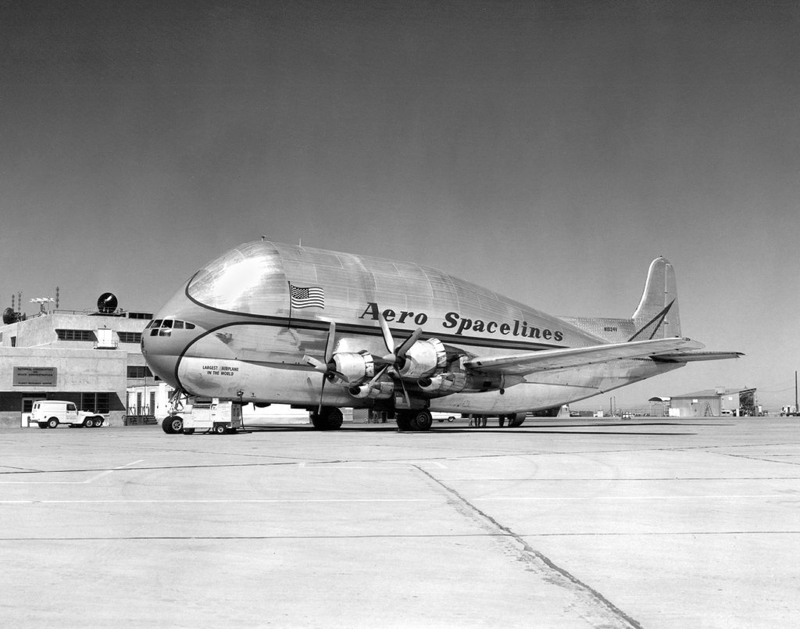
Pregnant it was indeed, pregnant with clunky materials and a hefty production cost that proved to ultimately be too much of a burden.
Blohm & Voss BV 141
The Blohm & Voss BV 141 is a strong reminder that balance and symmetry are not essential factors when creating an aircraft, though the thought of that fully defies all logic. This Germa flying machine, designed in the WWII-era was created as a reconnaissance aircraft.

But even after the initial success and the building of the first few dozen, it lost out to a competitor and never reached completion. At least it had its 15 minutes of fame, sadly that was not enough to keep it afloat. literally and figuratively speaking.
Sikorsky X-Wing
Like with all great failures, the intention is grand. Built with the goal of combining the speed of a jet with the take-off abilities of a helicopter, the mechanics of this sadly, did not work out as and the aircraft production program as called off.
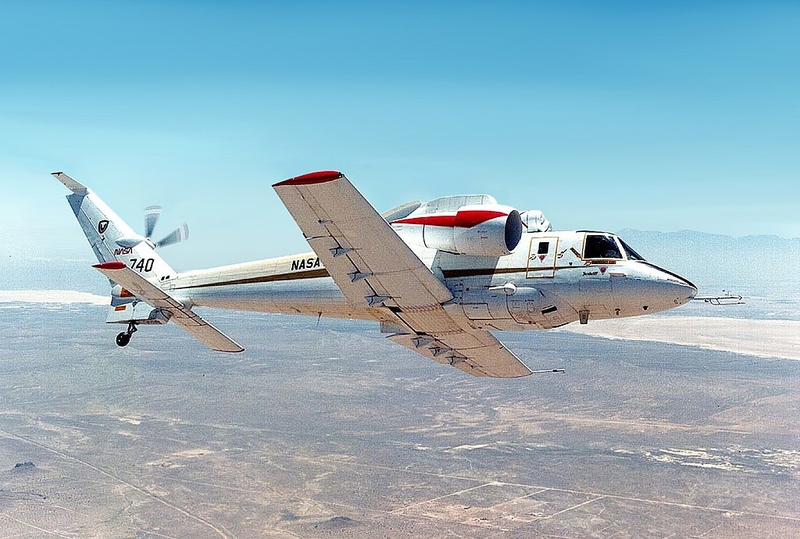
In 1988 the Sikorsky X-Wing came to an end. Long after its first successful prototype.
Vought V-173 “Flying Pancake”
Here’s a crazy design that you would expect more on your plate than in the sky. The “Flying Pancake” as it is aptly called was designed during a time where the U.S observed an increased demand for ship-borne planes that could take off from shorter runways
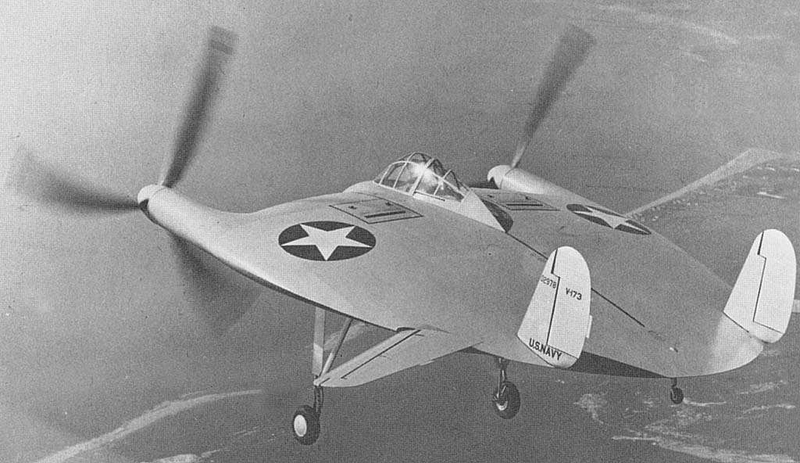
The inexplicable shape was even once flown by the legendary Charles Lindberg. Considering the design, the great pilot actually said it handled a little better than expected, but it looked ridiculous and thankfully, they fell away after some time.
Handley Page Victor
This insect-like jet called the Handley Page Victor has an assuming look, that one might be surprised to learn that it’s actually a high-powered strategic bomber jet. The first take-off happened in December 1952, but for the next few decades, engineers started to discover a fundamental flaw that resulted in fatigue cracks, worsened form the low altitude flights to avoid being intercepted.
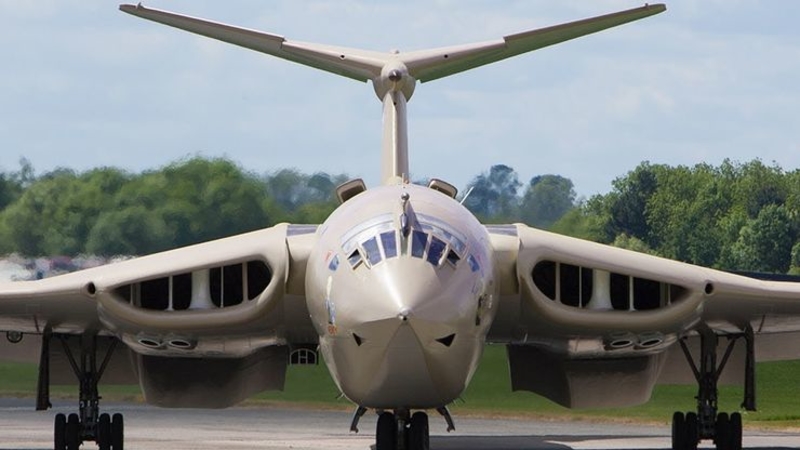
Production was then called off in 1993, which is quite a long time considering the issues. Many of the functional Victors were re-appropriated to become ariel refueling tankers. Technical problems assist, the fact that it looks like a praying mantis is a questionable choice of design.
The De Havilland Canada DHC-8 “Dash 8”
This plane has a lot of different names, but we’re going to call it by its most commonly recognized, the Dash 8. Manufactured by de Havilland and Bombardier Aerospace in Canada, it’s also known as the Q400. Another thing it is known for is its landing gear failures. In 2007, a total of eight gear failures caused accidents. In Denmark that year, four landing gear failures occurred upon touchdown. In Germany, Japan, Lithuania, and South Korea, there was a repeat of the same issue.
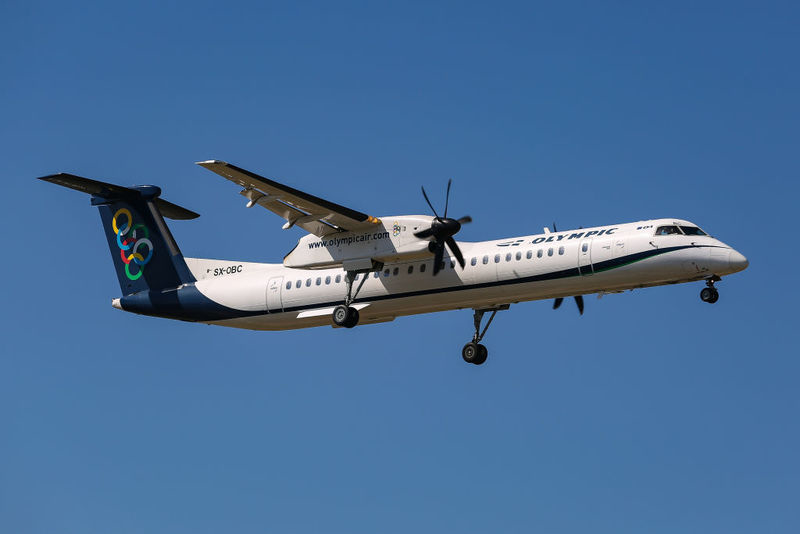
The airline, SAS, discontinued the use of the Dash 8 after the Swedish Civil Aviation Administration caught up with the airline and discovered SAS cutting corners in maintenance, finding 2,300 flights lacking in safety requirements. But landing gear failure was not the only problem. Nose gear issues were also jeopardizing the landings. These planes are in active use by Canadian, Australian and British airlines.
The MD-80
McDonnell Douglas designed the MD-80 twin-engine commercial jetliner as an upgrade to the DC-9. The MD-80 is a single-aisle aircraft that seats up to 172 people. It was the “workhorse” of American Airlines, its most profitable plane for four decades, until the company retired their remaining 26 planes in 2019. On average, the MD-80 has a lower crash rate than other airlines making it one of the safest planes to fly, statistically. However, its long service has featured some ugly incidents.
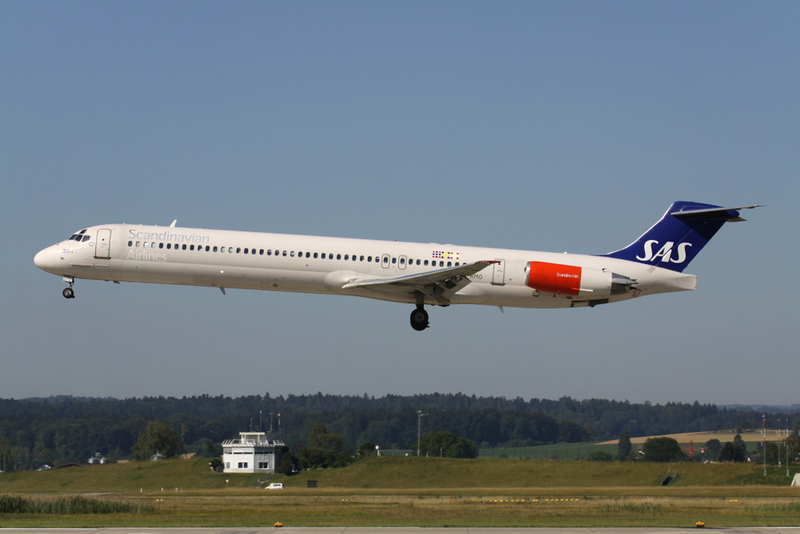
A MD-80 packed with 156 passengers crashed in Detroit killing almost everyone on board, plus two ground crew. A 4-year-old little girl was the only survivor who was found strapped to her seat and buried in debris. In 1996, a fail-on-takeoff killed two on board. One crashed into the Pacific Ocean off the coast of California killing all 88 on board. Improper maintenance was blamed. The FAA tried to fine American Airlines $7.1 million for flying planes that were not properly maintained. On the upside, now that it is grounded, of course, those flight risks are gone.
The Saab 340
The Saab 340 is a commuter aircraft that hit the skies in 1984. It has had several accidents, including fatalities, and it has had some serious noise issues to contend with. The Saab 340 is a passenger twin-engine turboprop plane out of Sweden that can seat up to 36 people. With turboprop propulsion, it is more fuel-efficient, but the turboprop engines on this one made it particularly noisy. Finally, in the 1990s, they developed a high-tech noise cancellation system which took the din of the turboprops down by 10 decibels.
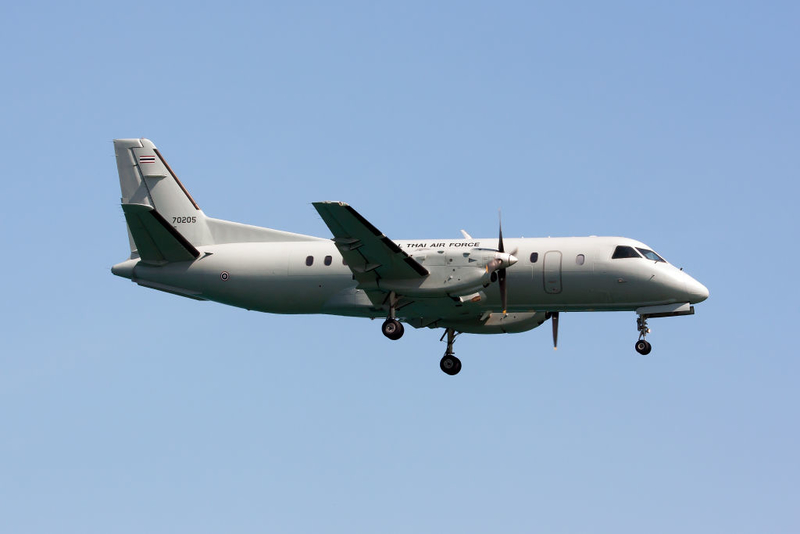
That’s a huge cut, but it underscores how loud the flight was. More significantly, the Saab 340 suffered four fatal crashes. Seven other crashes caused serious damage that was beyond repair, totaling the aircraft. At least two resulted from the undercarriage collapsing on landing. The others were likely due to pilot error.
The LWS-6 Żubr
The LWS-6 Żubr was another WWII aircraft that was dead on arrival. The Polish twin-engine bomber was produced by the LWS factory prior to the War. Fifteen examples were delivered to the Polish Air Force by 1939, but since they were already obsolete, they were only used in training. Even in training, however, they proved dangerous.
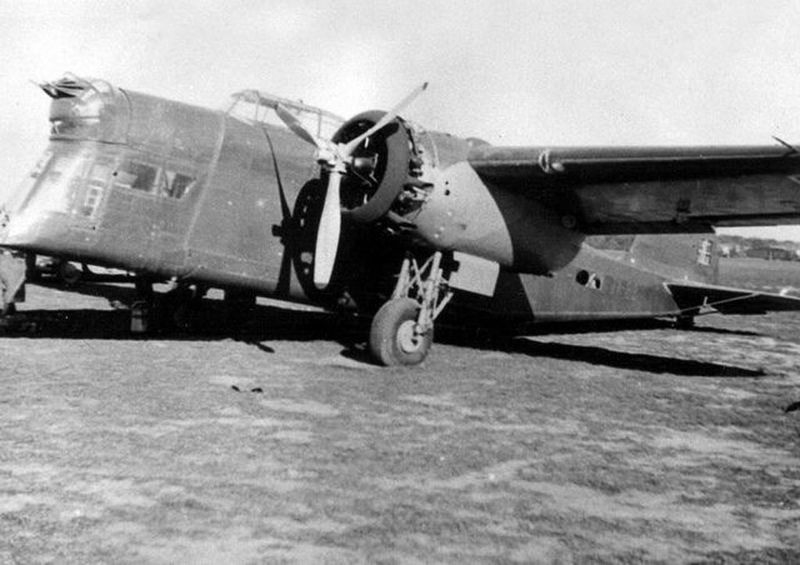
The LWS-6 was slow, weakly armed, and performed poorly. Not only that, but they also had design flaws. One hazard was the undercarriage retracted upon landing. To remediate, they would fly with the undercarriage locked down.
The Douglas TBD Devastator
A prototype of the Douglas TBD Devastator was ready in 1935, but the torpedo bomber was obsolete by the time of WWII, notwithstanding the fact that the TBD was considered the world’s most advanced technology upon completion in 1937.
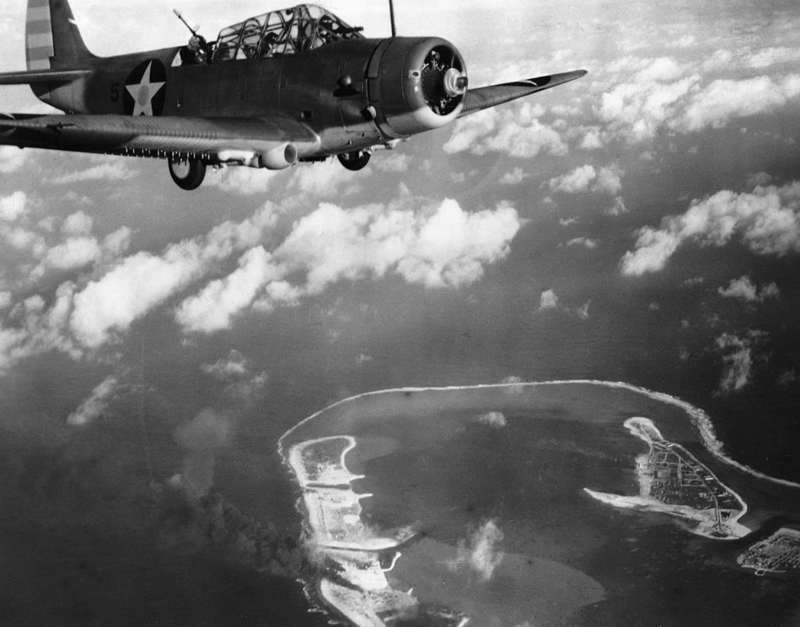
The technological advance was fierce during these years, and it was devastating for the TBD. During the Battle of Midway, 41 of the Douglas Aircraft Company’s torpedo bombers were sent out. They came back with zero torpedo hits and 6 left—35 were shot down. They became known as a death trap for the pilot and crew. The TBD crawled through the sky at 200 mph, and, at that speed, they could not defend themselves. To fire a torpedo, the plane had to flying slower than 115 mph, a speed that makes it very easy for the enemy to shoot at. After the Midway catastrophe, the Navy withdrew the TBD from battle. Out of the 139 built, only 39 were left by that time.
The Fairey Battle
The Royal Air Force regretted ever ordering the Fairey Battle. By its first battle in 1937, the WWII fighter plane was obsolete. The British single-engine light bomber was manufactured by the Fairey Aviation Company. The head of Fairey complained that the specifications for the plane by the Air Ministry were not possible but offered an alternative design which was accepted by the ministry.
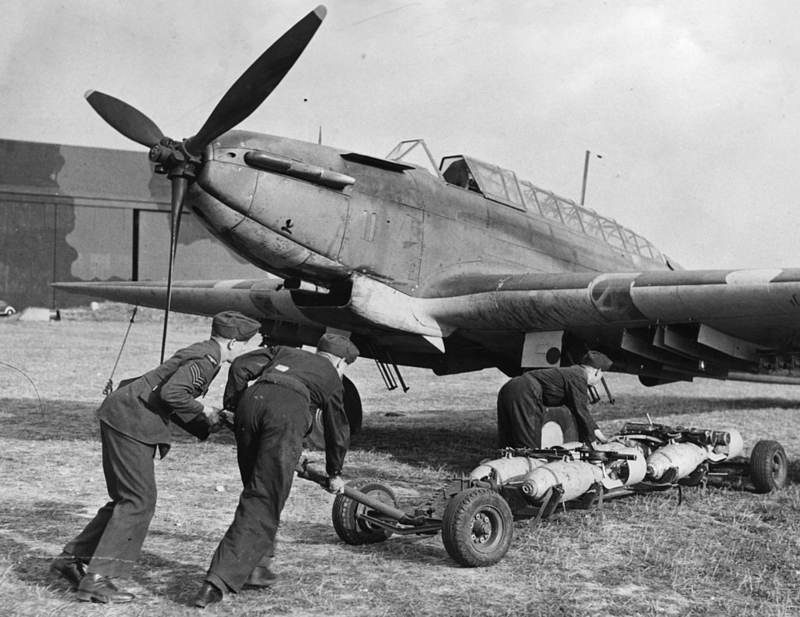
The very modern-looking aircraft was powered by a Rolls Royce engine and could carry six 250 lbs. bombs. The three-seater held a gunner seat with one machine gun. Compared to other fighters, it was weak on firepower and much slower, causing it to be easily shot down. The enemy fighters flew 100 mph faster than the RAF’s anachronistic Battle. In all, 2,201 were built. Many were lost. In May 1940, for instance, 60 of 118 Fairey Battles were lost in four days. The same losses were endured in four separate combat missions.
The Heinkel He-162
The He-162 started out as a promising little craft, sturdily built with a streamlined modern fuselage and designed for an excellent performance. Hitler Germany’s Volksjäger, the “people’s fighter,” was a single-engine jet-powered fighter with wood construction, as metals were in short supply due to the war effort. Its first flight took off in 1944.
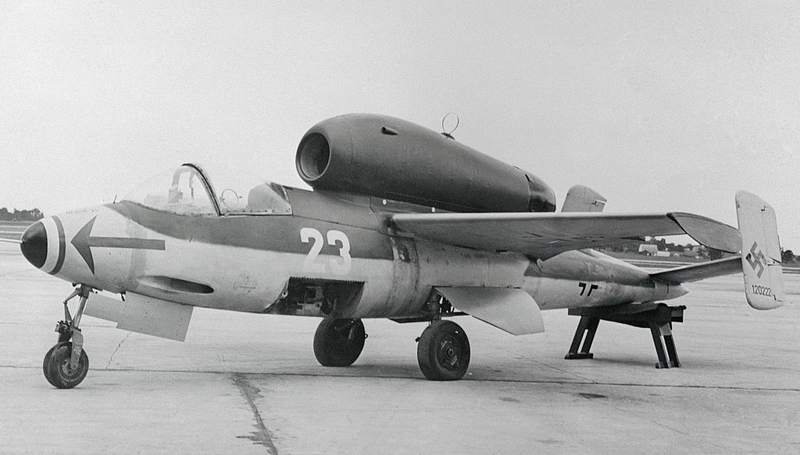
The race to get the fighter planes out caused the craft’s difficulties, but its design was sound. A rudder assembly broke off to cause one crash. Flameouts and structural failures caused at least 13 losses. An ineffective glue was responsible for some structural damage. Some pilots were killed due to the limited fuel capacity of the He-162. After 30 minutes it ran dry and pilots were not able to land successfully.
The ATR 72
The ATR 72 is the result of an Italian and French venture to build a twin-engine turboprop commuter plane that could carry at least 72 passengers. The larger-capacity regional airline is still in use today. But some people are questioning why the ATR 72 is still in service. The aging craft’s safety record has been plummeting in recent years. Since 1995, the plane has experienced catastrophic flight control problems due to a failure to deice the wings during flight.
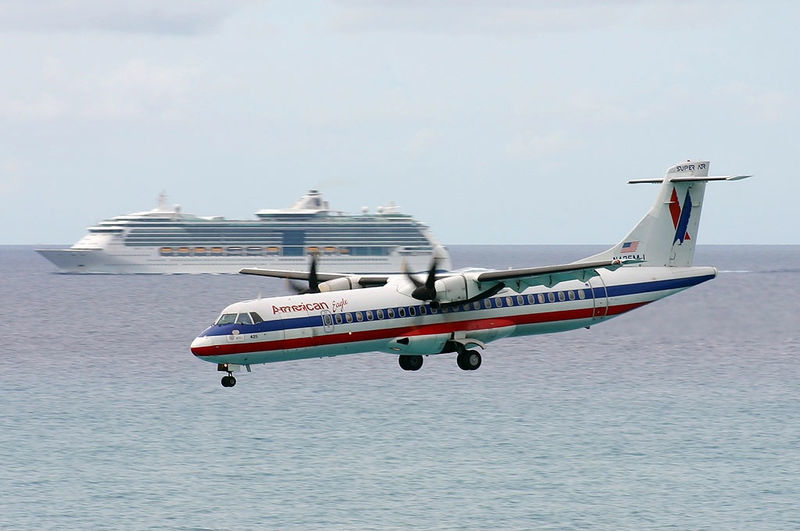
In total, the ATR 72 is responsible for 46 crashes or incidents. Eleven of the failures caused fatalities, and at least three were due to de-icing problems. The most severe crashes killed 68, everyone on board, when it crashed in the U.S. in 1994, and in Cuba in 2010. In 2018, everyone on board was killed when a ATR 72 crashed into Mount Dena in Iran. Sixty-six people died.
The F2A-3 Brewster Buffalo
The Brewster Aeronautical Corporation was the brainchild behind the F2A-3, one of the first and one of the worst WWII fighter aircrafts. The Brewster Buffalo looked slick with its single wing, as opposed to the more common, bulky biplane. It beat out the Grumman F4F Wildcat in 1939 to become the U.S. Navy’s first single-wing fighter plane. All these “firsts” did not add up to “best.” It was unstable and overweight and lagged far behind the Japanese A6M.
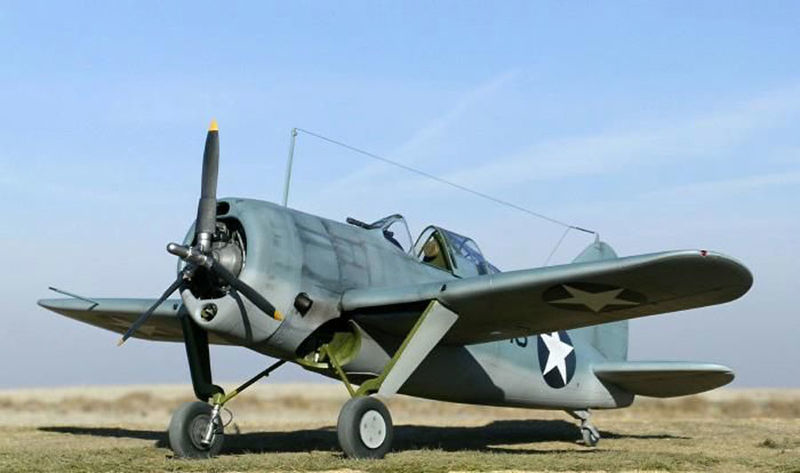
The Brewster Buffalo was built by a former carriage and automobile manufacturer in 1938, a time when technology was rapidly improving. By 1941, U.S. Marines hated the Buffalo as it was outmatched by Japanese fighters whose battles made the Brewster’s F2A-3 obsolete. A report by Navy pilot Capt. Phil White stated, “Any commander who orders pilots out in [a Buffalo] should consider the pilot lost before leaving the ground. It is inferior to the planes we are fighting in every aspect.”
The Ilyushin Il-62
When the Ilyushin Il-62 came out in 1963, it was the largest and fastest jet airliner in the world. Developed by Ilyushin Aviation Complex, it could carry up to 200 passengers. In 1967, it performed its maiden international passenger service flight, and, in 1977, the Il-62 broke five all-time speed and range records. In all, 292 were built.
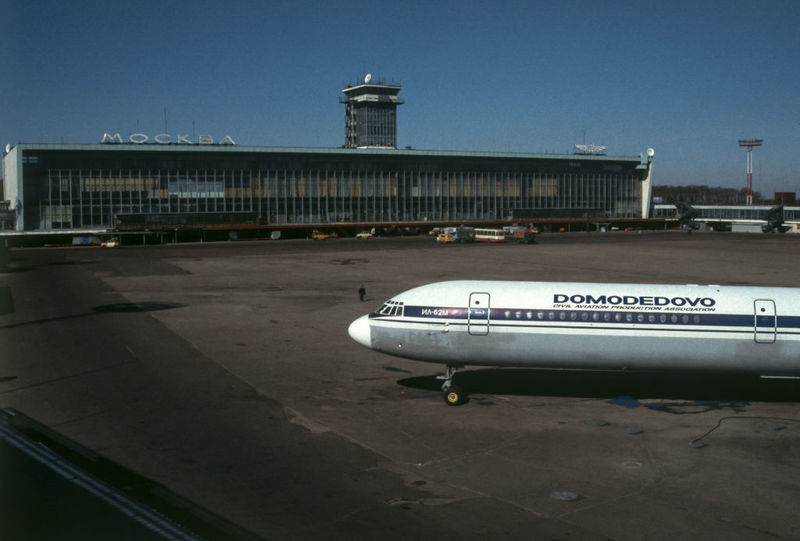
Unfortunately, major problems plagued the Il-62. Engines were not only unreliable, but design errors worsened the situation. The engines were placed dangerously close to each other, and the failure of one engine could cause other engines to fail. Outdated systems, like the lack of a duplicate aircraft control system, placed the Soviet’s craft in last. It lagged so far behind Western technology that it lacked mandatory aircraft control systems of the West.
The Yakovlev Yak-42
The Yak-42 is best known for the tragic plane crash in 2011 that killed the entire Lokomotiv Yaroslavl hockey team. A botched takeoff caused the aircraft capable of holding up to 120 people, to careen into a riverbank. Everyone on board except for a flight engineer was killed.
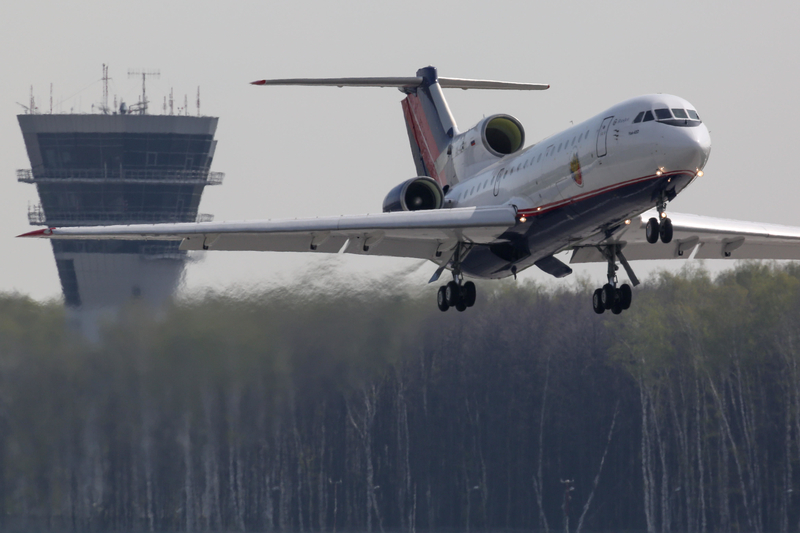
Granted, commercial air travel in Russia does not boast a stellar safety record, the Aviation Safety Network called it the “deadliest place to fly” in 2011, but the Yak-42, particularly, has an abysmal history. It is responsible for a total of nine fatal accidents, including the hockey team tragedy. In all, 570 people have died on that airliner. The first crash took 132 lives killing everyone on board, when it tore apart midair in Belarus on the 28th of June 1982. The Yak-42 is still in service.
The Mikoyan-Gurevich-23 MiG-23
“The MiG-23 was a nightmare, maintenance was a nightmare,” said a U.S. Air Force former squadron commander who tested the aircraft. “The guys hated flying it,” he said. Also known as the Flogger, the MiG-23 was built in the Soviet Union by the Mikoyan-Gurevich design bureau. It’s of one of the most common military fighter planes, a third-generation jet fighter, and it was introduced in 1970.
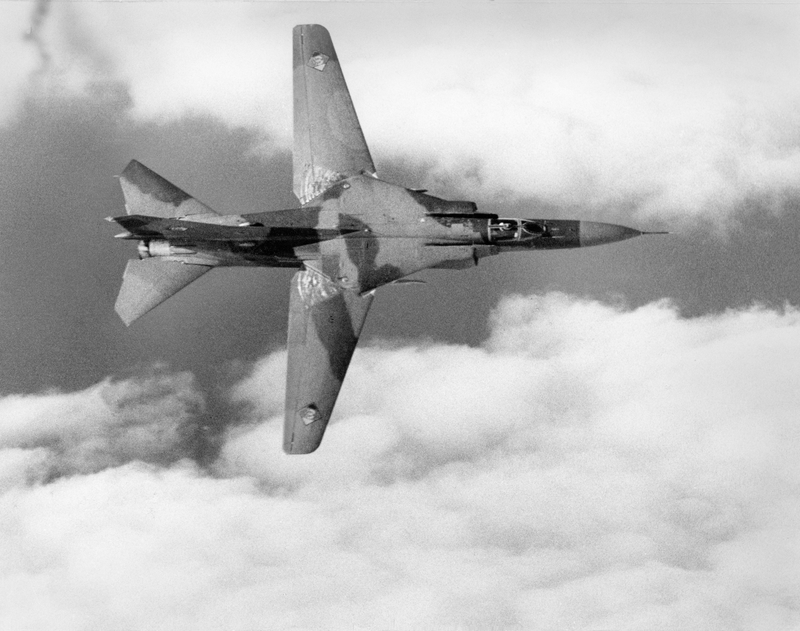
The MiG-23 fought in the Vietnam War and in the Arab-Israeli Wars. In the latter, the MiG-23 was humiliated by Israeli forces who took down close to 12 of them over Lebanon and Syria. The aircraft’s reputation never really recovered. The Soviets admitted the MiG-23 was inferior to its competition, the F-15A, saying the Flogger was inferior in almost every way. India acquired the aircraft and found it to be prone to accidents. U.S. Air Force test pilots were also concerned, saying they were afraid the engines would blow up during flight.
The Fairey Albacore
In May of 1940, the Fairey Albacore joined the service of the Royal Navy. It was designed to replace an earlier version of the Fairey aircraft, but it turned out to be not as functional as the original and was retired by 1944.
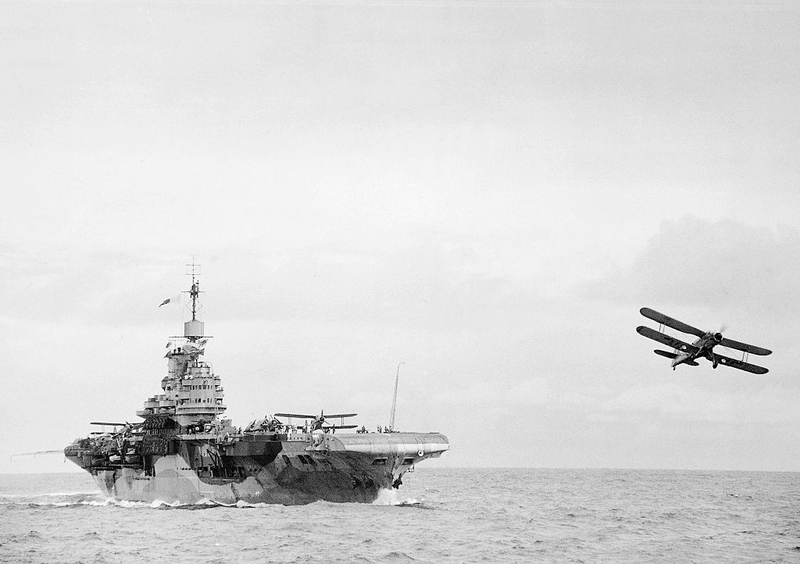
The Fairey Albacore was a single-engine biplane with a torpedo bomber. Fairey Aviation built the plane for use in the Second World War. The plane was fitted with upgrades such as in-cabin heating, a more powerful engine, hydraulic flaps, and was capable of dive bombing. In 1942, it was at its height, equipping fifteen Fleet Air Arm squadrons, and then a year later, the Fairey Barracuda took its place.
The Royal Aircraft Factory B.E.9
The B.E.9 was a prototype reconnaissance plane that was built off the B.E.2 model in 1915. The added feature caused severe safety problems. A seat was mounted in front of the plane’s propeller to accommodate a gunner. Nicknamed the “pulpit,” the seat provided a gunner a perch to aim and fire his WWI-style machine gun. He had a great view of what was ahead, but it wasn’t the safest seat on the plane. The propeller was one hazard, and the proximity to the engine in the case of a crash risked certain death, even in the event of a mild crash.
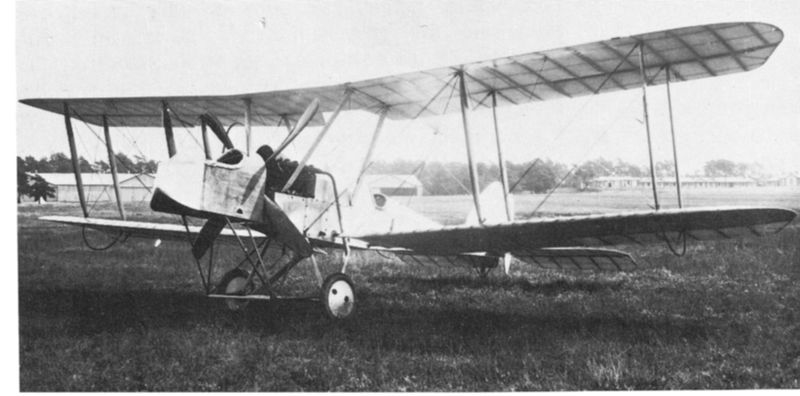
After testing it, Hugh Trenchard, head of the Royal Flying Corps, said, “This type of machine cannot be recommended.” Major Hugh Dowding agreed. He said the B.E.9 was “an extremely dangerous machine from the passenger’s point of view.” By 1916, it was sent back.
The Embraer EMB-120 Brasilia
The EMB-120 Brasilia is a modern commuter airline built by Embraer of Brazil in 1985. The turboprop aircraft has a maximum capacity of 30 people and is used as a regional hopper. While the EMB-120 is still in service today, its lousy safety record makes you wonder how that is possible.
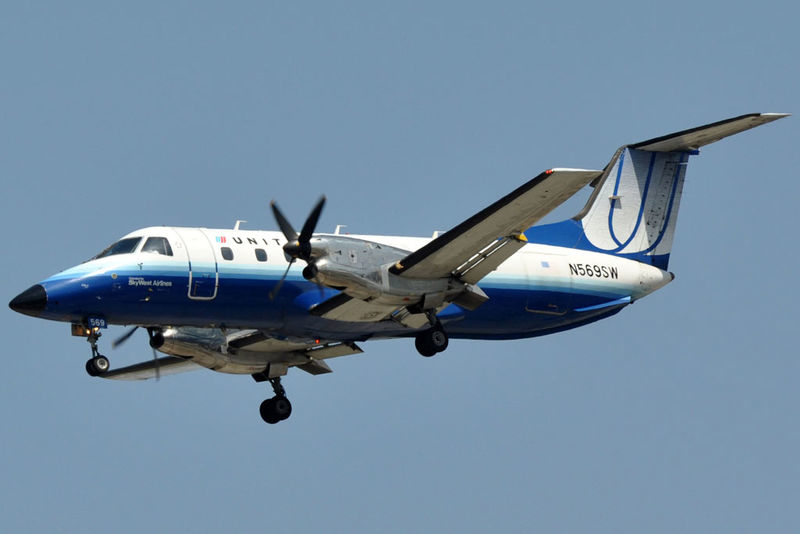
Its first crash occurred only a year after it began commercial flight. On September 19, 1986 an EMB-120 smashed into a mountain near Brazil. All five people on board were killed. Again in 1987, a fatal crash into a forest killed 16. In 1988, all on board were killed. In 1991, there were two crashes, the first one killed all 23 people, including U.S. Senator John Tower and astronaut Sonny Carter. The record continues in 1995, two in 1997, one in 1998, again in 2002, and 2004. In 2010, two were killed, in 2011 two crashes killed many of the passengers, and in 2012 there were two crashes. Again in 2013, 2015, and the latest, in 2017—no survivors.
The Blackburn B-26
The Botha B-26 was another reject from Blackburn. Blackburn was a leading aircraft manufacturer with many successful models, but the B-26 was not one. The Botha was originally built as a twin-engine, three-seater torpedo bomber and reconnaissance craft. Blackburn built 580 B-26s for the Royal Air Force in 1939.
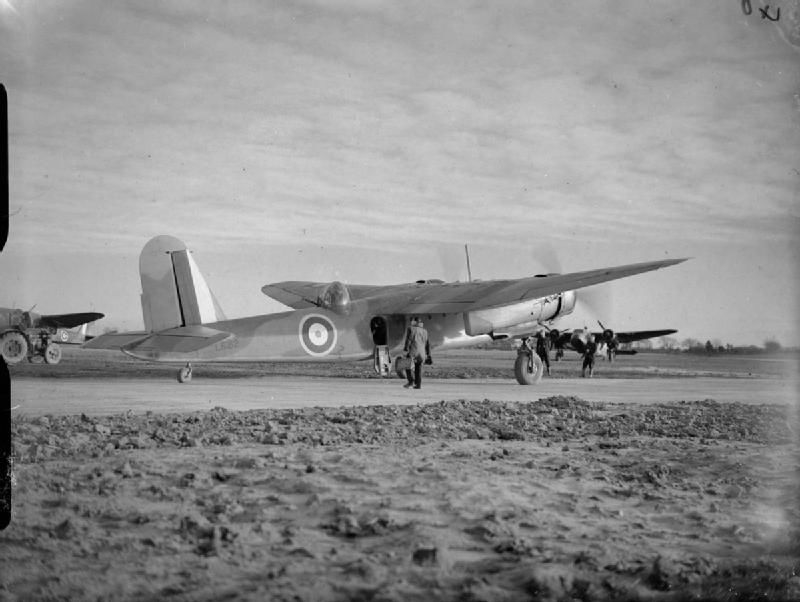
After a request to build it as a four-seater, the Botha became too heavy and the twin-engine lagged under its excessive weight After a number of crashes due to weight issues in 1940, the B-26 was deemed too unstable and underpowered to use. In September of 1944, the aircraft were retired for good.
The Blackburn B-25 Roc
The WWII fighter aircraft, the B-25 Roc was introduced in 1943. Requested by the Royal Navy, 136 were built by Blackburn Aircraft Ltd. By 1943, all of them were retired. The B-25 delivered the Allies one victory. In 1940, a fleet of B-25s stopped a squadron of German Ju 88s, shooting one out of the sky and forcing retreat. It was a two-seat monoplane with a three-blade propeller and mounted with four machine guns.
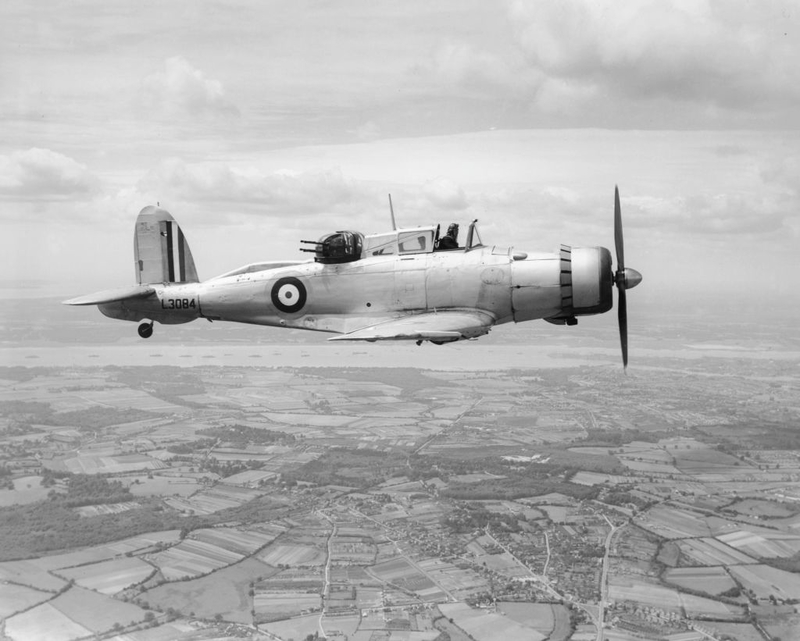
The B-25 also had water landing capability, but it proved to be its downfall. The float mechanism caused a crash during testing. Additionally, the bulky floats slowed it down. Only able to hit a max speed of 193 mph, the B-25s were abandoned.
The Noviplano Ca.60
After the Great War and its feats of engineering in military technology, great optimism arose. Entrepreneurs and aviation companies raced to bring the next new dream to the public, while militaries worked diligently making faster and deadlier machines in time for WWII.
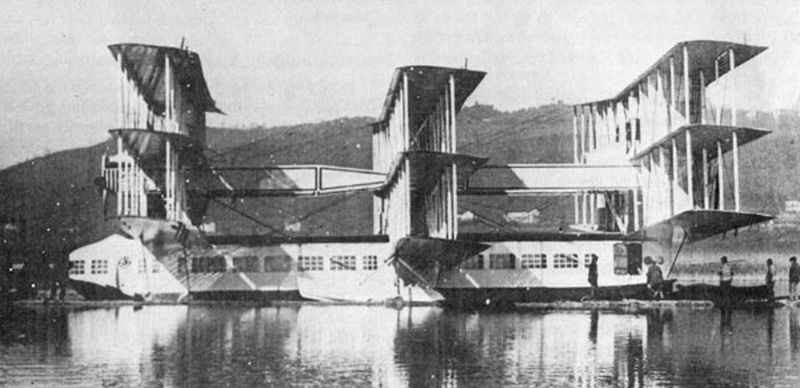
In 1921, designer Gianni Caproni built a giant transatlantic flying boat. He hoped to fly 100 people across the Atlantic at 100 mph in his sea to air contraption. It had eight engines and three sets of wings. His hydroplane flew, but it crashed into pieces. His project, relegated to the annals of history, is mostly forgotten, but the remnants of his massive ship are on display at the Volandia aviation museum in Italy.
The Me-163 “Komet”
The Me-163 Komet has the distinction of being the only rocket-powered fighter plane to serve in active duty. As you can imagine, the Komet was fast! It not only beat the world speed record, it doubled it. Flying up to 624 mph, nothing would beat it until Yeager flew the Bell X-1. But the aircraft, designed by Alexander Lippisch for Nazi Germany, had some drawbacks.
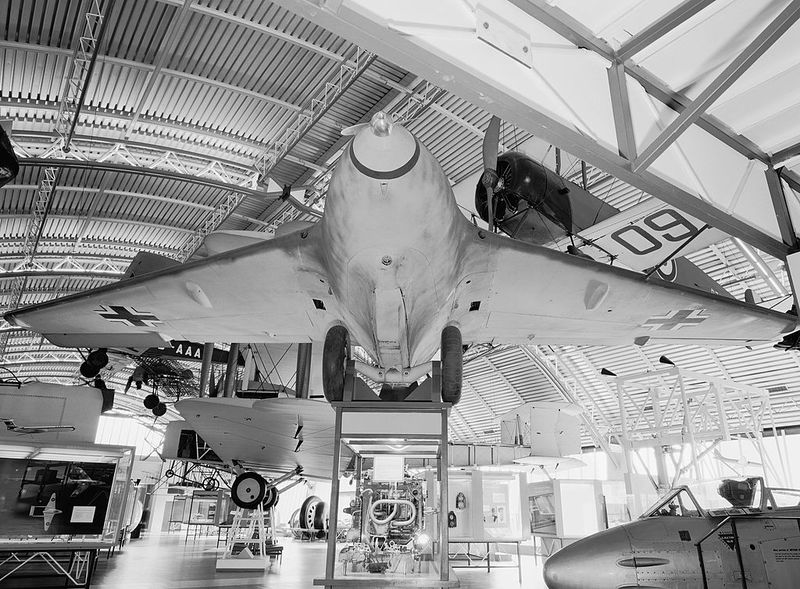
The speed monster devoured all of its rocket fuel in just seven minutes. Its weapons system was inaccurate and slow, so slow targets were impossible to hit. And the Me-163 was actually too fast to be a fighter, out flying its intended targets. On top of that, it had no landing gear and was out of fuel by the time it landed; needless to say, it was unsafe. Getting it back in combat was also a mission of sorts. The aircraft was a boon to the future of aeronautic aviation, but it was a failure against the Allied forces.
The Christmas Bullet
Dr. William W. Christmas, the man who backed the Christmas Bullet airplane, was such a practiced charlatan that he hoodwinked the U.S. military into investing in his aeronautical experiment. During the days of the Wright brothers and the race to fly heavier than air ships, something heavier than a hot air balloon, Dr. Christmas was in the running.
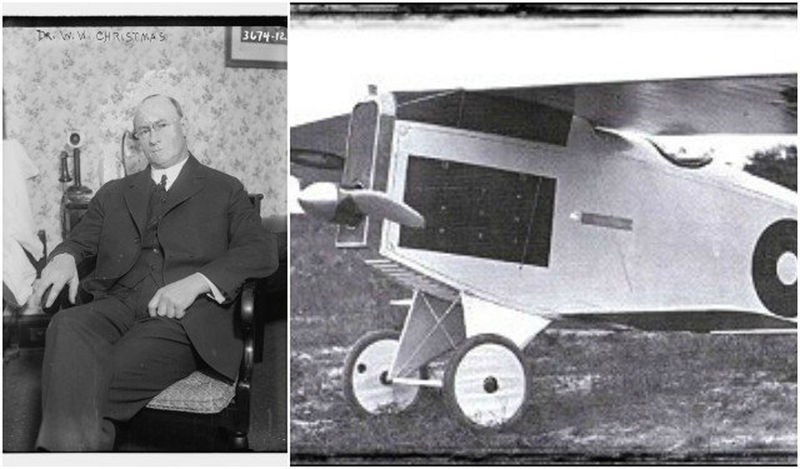
Though he had no credentials, in that they did not exist then, he claimed to be an aerospace engineer. He claimed to have built and flown a plane in 1908, but he had no evidence. He said the plans and plane burned in a fire. This turned out to be false. Nevertheless, the con artist found two backers from an aircraft company in N.Y. and managed to procure an engine from the U.S. Army. Christmas built his plane to his design specs, in spite of warnings from the company’s engineer. He should have listened. The wings were ripped off the fuselage on its first test flight, killing the pilot. Undeterred, Christmas advertised in Flying magazine that his plane flew at a top speed of 197 mph, failing to mention the crash was caused by his design flaw. He was able to build another Christmas Bullet which faced the exact same fate. It’s known as the worst airplane ever made in U.S. military history.
The HZ-1 “Aerocycle” Heli-vector
Designed to be a personal helicopter, the U.S Army developed the Aerocycle as an experimental program that would convey soldiers, like a cavalry of massive dragonflies, over the ocean to battles on land. The Aerocycle promised battlefield mobility far exceeding motorcycles or infantry vehicles. It could hit 65 mph and patrol a range of 150 miles. The military hoped that soldiers could be trained on the craft after 20 minutes of practice, but that turned out to be the demise of the machine.
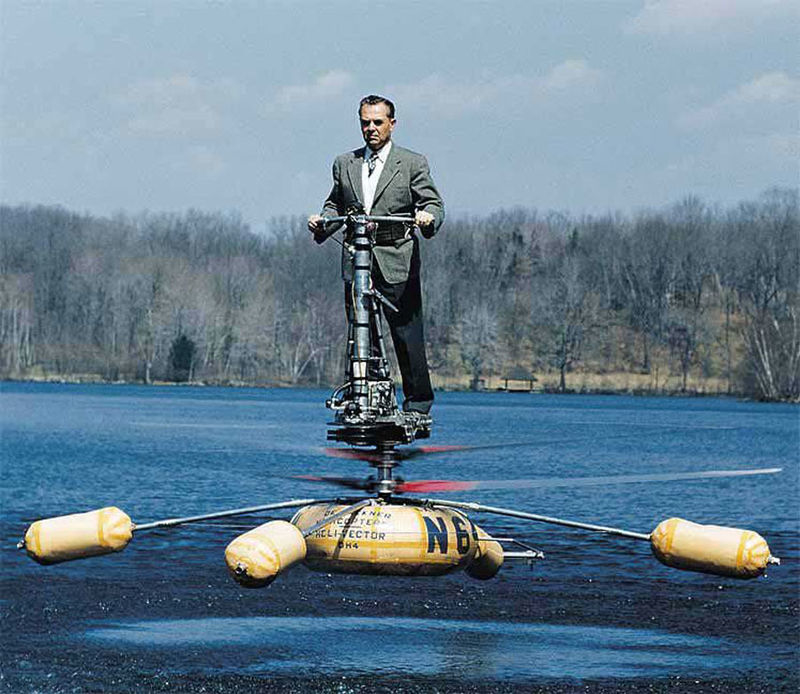
The Aerocycle proved to be unsafe for inexperienced pilots. Two crashes were caused when the spinning rotors struck each other and spun the craft out of control. Windy conditions created another weakness, and the project was ultimately scrapped. If you want to see one, a HZ-1 Aerocycle is on display at the U.S. Army Transportation Museum at Fort Eustis.
The de Havilland Comet G-ALYY
The de Havilland Comet was the first commercial jet airliner, and it proved that commercial flight could be possible. The British produced this post-WWII dream machine in 1949 when jet travel for the average person was just unimaginable. In 1952, the Comet made it came true and the public flocked to travel on the big beautiful aircraft that could cruise at the unprecedented height of 40,000 feet, providing a smooth ride above the turbulence of weather. And then the problems started to set in.
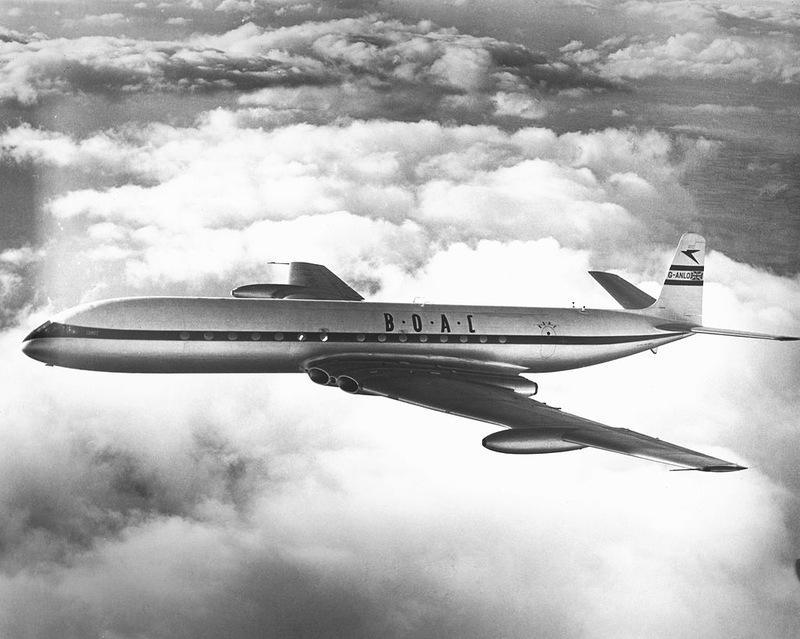
A couple of runway takeoff mishaps shook public confidence but watching two of them explode in the sky ended it. In order to fly at such altitudes, the makers had to pressurize the plane. Pressurization in commercial jets was a new technology. Some design flaws couldn’t handle pressurization in the cabin and the Comet ripped open at vulnerabilities, like the corners of square windows which were fatigued over time.
The Dassault Balzac V
The Dassault Balzac V represents the French attempt to harness VTOL technology. Built by Dassault Aviation for the French Air Force in the early 1960s, there was only one example, a prototype aircraft, and it barely made it off the test flight runway. Dassault modified its existing Mirage III supersonic jet fighter to create the lightning-fast VTOL aircraft. The one-seater Balzac V prototype was built without weapons, but it had teeth. The aircraft holds the record for the fastest VTOL aircraft ever made, hitting Mach 2.
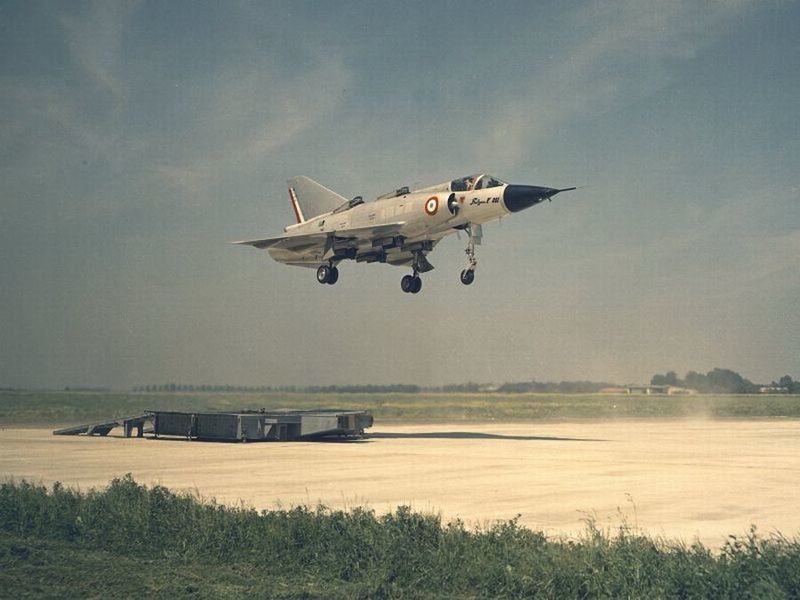
It was on October 13, 1962, when the Balzac V achieved its first hover flight. Unfortunately, it won zero awards for safety. By January of 1964, the Balzac V crash landed during a test flight and killed the pilot. The aircraft was repaired and tested again, but it crashed and killed another pilot. The damage was beyond repair. Since it was the only model, the second crash effectively ended the program.
The Tupolev TU-144
The Soviets won the race to build a supersonic passenger jet on par with what would be called the Concorde just two months later, but it lost big on functionality. After three embarrassing crashes, one of which lit up the Paris Air Show in 1973, the Soviets were reluctant to even fly it. It completed only one passenger flight per week, but communist-style pricing would never make back the cost of the project. Everything was cheap, even the toilets didn’t operate, and then a smash landing, which had to be decelerated by parachutes, ended the ordeal.
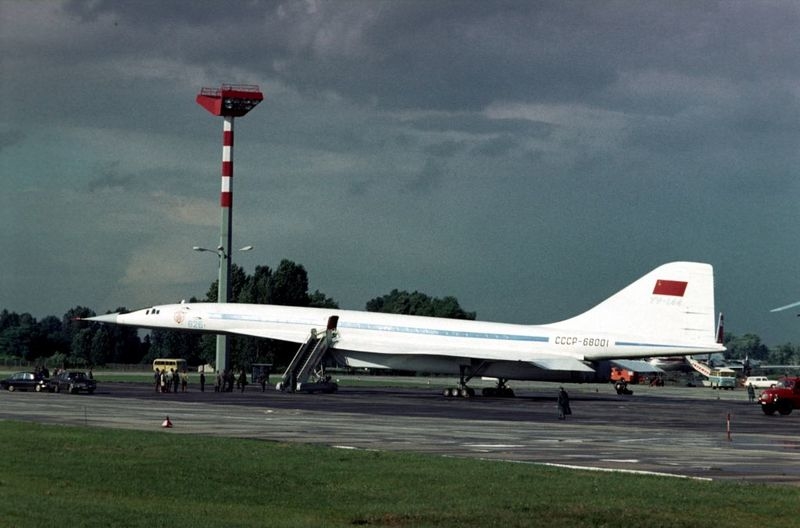
It must have been satisfying to beat the British to the tarmac and to annihilate American competition as Congress surrendered their supersonic passenger jet plans in 1971, but after just 55 round-trip flights, the TU-144 was retired from commercial flights. Ilya Grinberg, an expert on Soviet aviation at Buffalo State University explained to CNN, “It was loss of interest in the program by the Soviet leadership as well as Aeroflot top brass. They’ve had enough of the headaches associated with this highly complex program. There were no real economic incentives to use it in the Soviet domestic markets.”
The Rockwell XFV-12
The Rockwell XFV-12 is another experiment in vertical takeoff and landing (VTOL) that wound up in the dustbin. The futuristic-looking jet fighter was a sleek machine and a promising concept, but the Navy decided it was a failure and scraped the project in 1981 before the aircraft was ever able to lift off the ground and fly, literally burdened by its own weight. With costs ballooning and other developments, like the Harrier showing success, the Rockwell XFV-12 was let go.
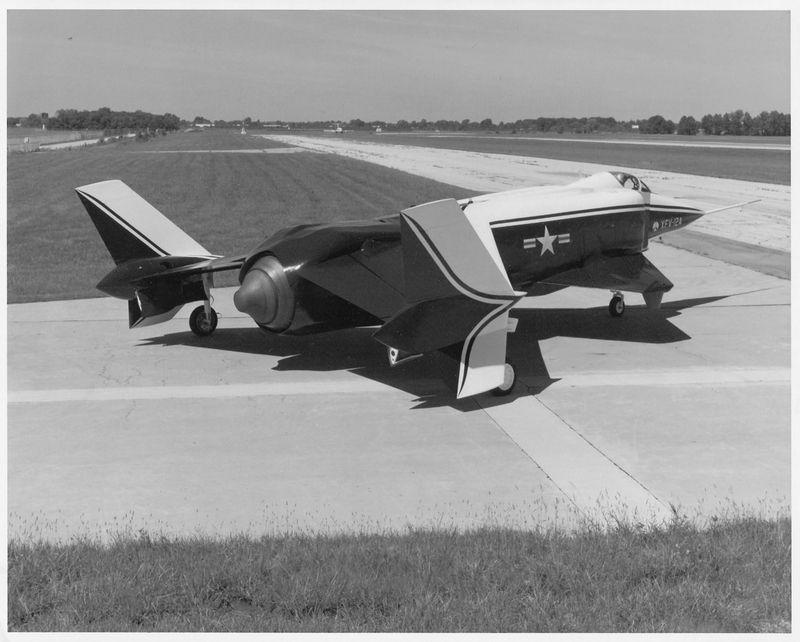
Relegated to the dustbin of military technology, the two prototypes are now stored in a hangar somewhere. The ill-fated XFV-12 has yet to be preserved by any aeronautics or military air museum.
The Baade 152
German engineer Brunolf Baade was the mastermind behind the idea of converting a WWII jet bomber into a passenger airliner after the war ended and the need for bombers evaporated. VEB Flugzeugwerke Dresden took up Baade’s plan to build Germany’s first airliner. Three Baade 152s were built and testing at the Dresden Airport commenced in 1956.
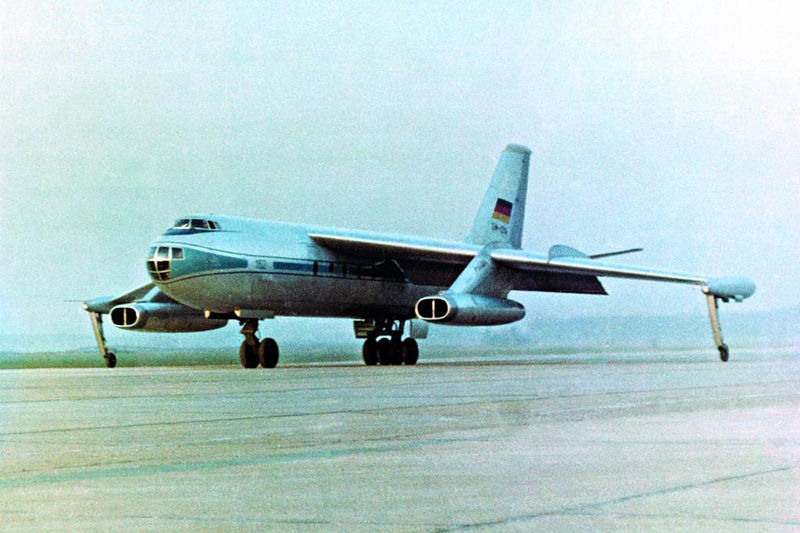
During testing, an entire crew was lost after the airliner crashed on March 4, 1959. Continued testing revealed an issue with fuel supply had caused the plane to malfunction. The program was canceled, and no airliners went into production.
The Grumman X-29
This experiment in flight innovation by Grumman for NASA and the U.S. Air Force plainly flopped. Built with wings that look backward, called forward-swept wings, this design feature of the X-29 was supposed to optimize handling and maneuverability. Jet fighting at supersonic high speeds, with tight turns, even with the nose pointing straight up, was to be a breeze in the Grumman X-29. As it turned out, pilots could not even command the beast without autopilot.
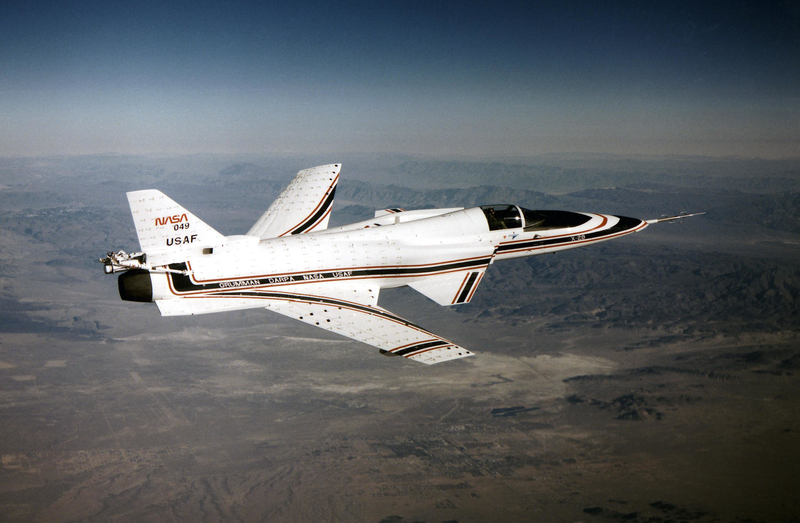
While computer flight control is a miracle of aeronautics, the Grumman X-29 was unmanageable without it. The plane became completely unstable, no pilot could fly it. The experimental plane flew a total of 436 test flights and remained an active program from 1984 to 1992. Yet, while the aerodynamics of the X-29 failed, the research the aircraft provided was a boon to fighter jet technology.
The Lockheed XFV-1 Salmon
In the 1950s, experimentation in VTOL technology was pursued by all of the world’s major militaries. The Lockheed XFV-1 was designed to take off and land from a tail mounted position. The U.S. Navy ordered the concept craft and Lockheed delivered two prototypes. In 1953, the first aircraft was named after its original test pilot, Herman Salmon.
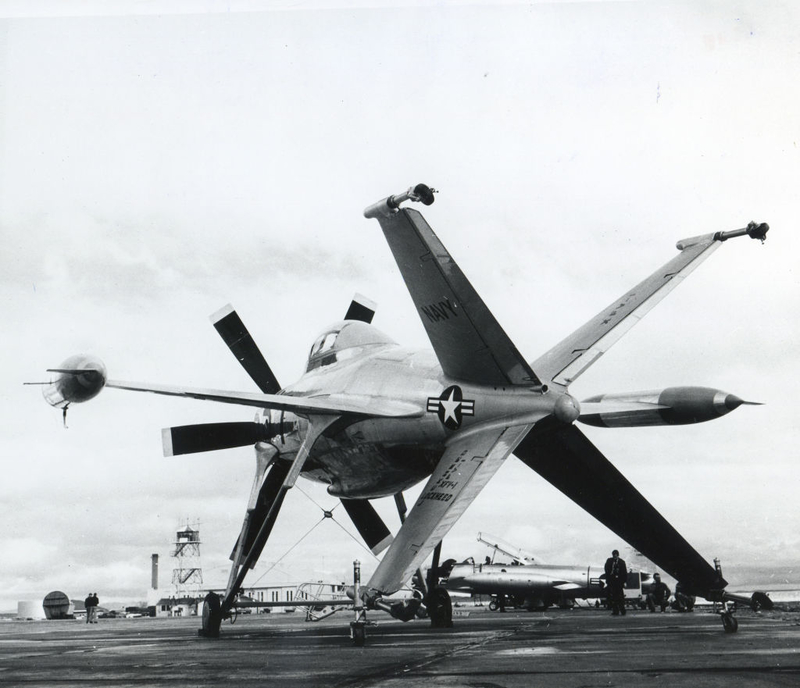
Sitting on its tail, with three blades of contra-rotating propellers, the Salmon looked like a freak of nature, but could it perform? Short answer, no. It handled very poorly, and not even the pilot it was named after liked it. The powerful trio of propellers were difficult to control and they were the only option for landing or takeoffs. In the end, after 32 test flights, the Salmon was unable to make any VTOL maneuvers. The project was shelved by 1955.
The McDonnell XF-85 Goblin
This cute little guy was easy to fly, stable, and could recover from spins effortlessly. The McDonnell XF-85 Goblin was the smallest jet fighter ever built. But it wasn’t designed to land, and it could not takeoff from the ground. The Goblin was conceived as a fighter escort to large bombers as back up fighting power. To this end, it was stored in large bombers like the B-36 in case of an attack. The Goblin was then launched from the bomber’s belly and dropped into combat.
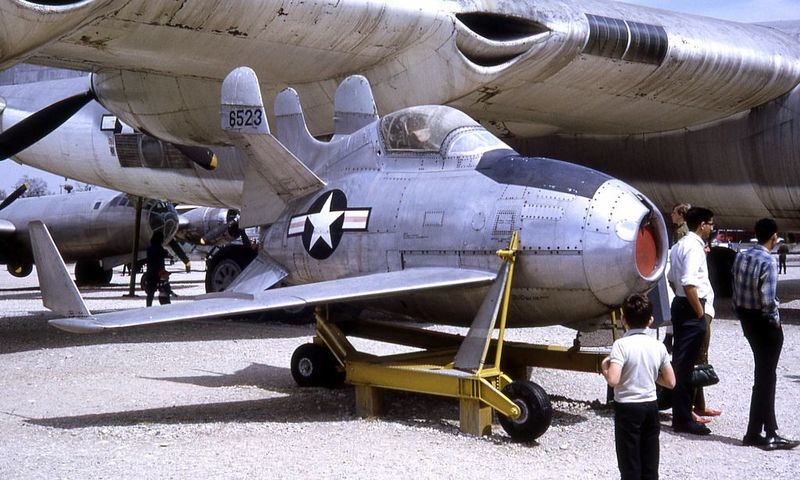
The only problem was it didn’t work. The Goblin was easily lowered into flight from the mother ship, but issues arose when it was to be hooked and raised by a tether back into the ship. On a test flight, pilot Ed Schoch made three attempts to reconnect with the retractable tether. On the final try, the little jet fighter smashed into the tether so forcefully the plane was damaged and had to make an emergency skid landing. After seven attempts to re-tether produced just three results, the test program ended. One of the surviving two Goblins is interned at the U.S. Air Force Museum at Wright-Patterson air Force Base in Ohio.
The Aerodrome A
Noted physicist Samuel Pierpont Langley tried his hand at aeronautics around the close of the 19th Century. He achieved the first unmanned flight of a heavier-than-air vessel on May 6, 1896, with his Aerodrome Number 5. It flew 3,300 feet at 25 mph.
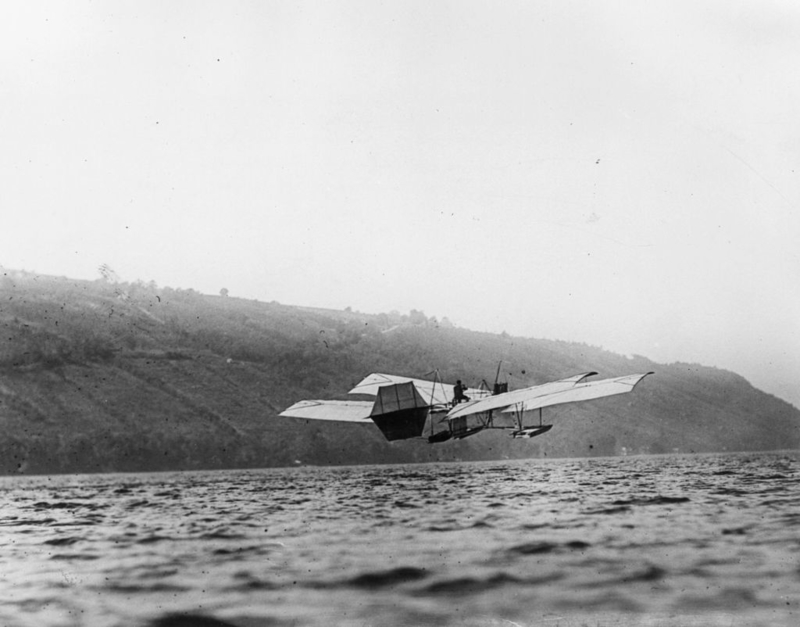
With that success, the U.S. military fronted Langley $50,000 in 1898 to build a manned aircraft. He set to work on the Aerodrome A, what he called a “human-carrying” airplane, but the project was ill-fated. He tried to scale-up the unmanned models to human-carrying size. It was an aerodynamically impossible design and both of his attempts crashed upon takeoff in 1903. The Wright brothers won that race in December of that same year, nine days after Langley’s last try. However, the engine Langley designed was a 52.4 horsepower powerplant which was impressive and unheard of at the time.
The Bell X-1
This supersonic aircraft, built way back in the Forties, could really scoot! The experimental rocket plane topped out at 1,000 mph, becoming the first manned supersonic flight. On October 14, 1947, a sonic boom exploded over the skies of the Mojave Desert when the Bell X-1, piloted by Air Force Captain Chuck Yeager, hit Mach 1.06, breaking the sound barrier. The flight inspired jet fighter movies like The Right Stuff.
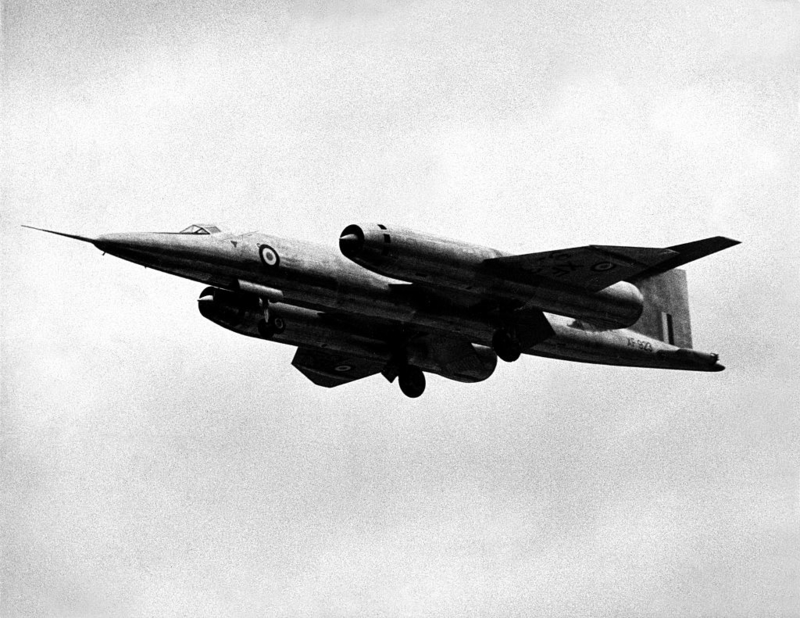
The experimental aircraft was designed to withstand 18x the force of gravity. A set of four rockets provided an engine that blasted out 6,000 lbs. of thrust for extreme acceleration. The Bell X-1 does not take off like regular planes, it was put into flight by dropping from the belly of a Boeing B-29 mother ship. It came together as a joint project between the National Advisory Committee for Aeronautics and the U.S. Army and Air Forces. Bell Aircraft built the project that proved aircraft could fly faster than the speed of sound. It was initially conceived of in 1944.
The Lockheed Martin VH-71
The now-defunct Lockheed Martin VH-71 was supposed to be the presidential helicopter, but its mission failed miserably. After the Pentagon canceled the program, President Barack Obama described the problem saying it’s an “example of the procurement process gone amok.”
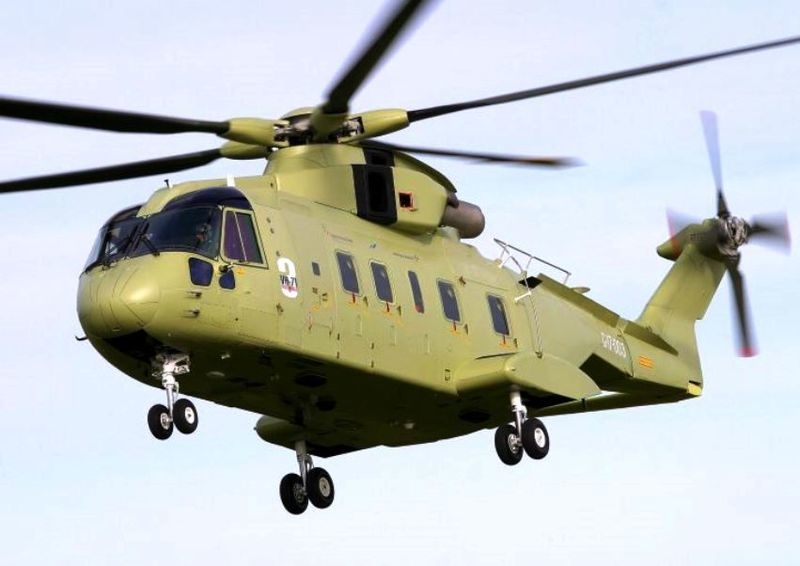
Translated: The $3.3 billion projects was way too expensive. An affordable program took its place to provide the Marine One presidential helicopter. Incidentally, Marine One had always been a Sikorsky aircraft, until the contract with Lockheed.
The Sikorsky S-76
A bad track record has not prevented this helicopter from being a very common aircraft that is often used for business. In fact, the Sikorsky S-76 is the very helicopter that went down, killing Kobe Bryant and eight others. While mechanical failure is not attributed to the crash, some point out that the S-76 was not equipped with a crash detecting system called a Terrain Awareness and Warning System.
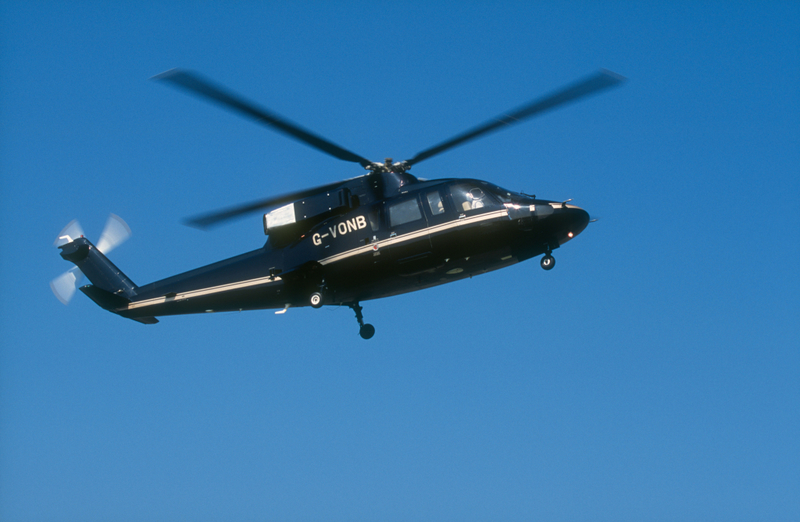
In 2002, a mechanical failure smashed a Sikorsky S-76 into the North Sea, killing five and leaving six stranded at sea. Another fatal accident happened in 2005 when the helicopter crashed into the Baltic Sea just short of Tallinn, Estonia. This time it was the S-76’s main rotor forward actuator that was responsible for killing all 14 people on board. Again, in 2015, a Sikorsky S-76 crashed into a tree in Indonesia on March 21. The crew and four passengers survived. The cause of the crash was a mechanical failure involving the main rotor servo push rod connection.
Yakovlev Yak-38
The Harrier supersonic jet is a military feat of the invention that hit the blueprints of American and European aircraft manufacturers in the 1950s, shortly after the Korean War. The goal to produce a jet fighter that could navigate as precisely as a helicopter using jet boosters for vertical takeoff and landing (VTOL) was achieved by 1969. Harriers were first used in combat during the Vietnam War.
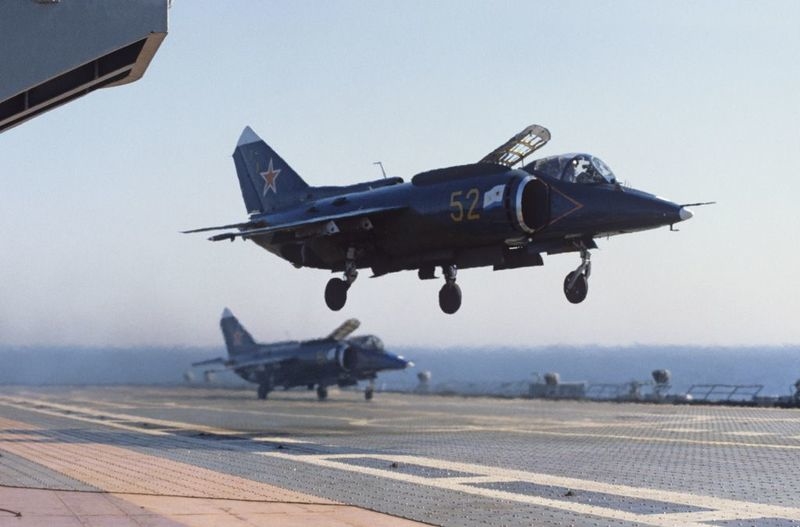
The Russian version of the Harrier took its first VTOL flight in 1971. The supersonic jet could graze a Mach 1 speed, but the Soviet’s version proved impractical for military purposes. Its voracious jets consumed so much fuel that the Yak-38 was limited to a 200-mile range. It had no radar, making the aircraft a weak defense fighter. Hardly armed, its air-to-air defense was limited to small missiles with a range of only 5 miles and a couple of cannon pods. The Yak-38 went out of production by 1991.
The PZL M-15 Belphegor
This beast of a plane was created in Poland to modernize Soviet agricultural programs. Specifically, the PZL M-15 Belphegor was to be used for crop dusting over the communist nation’s vast farmlands. The first prototype was tested in 1973. But ultimately, the aircraft lived up to its name. A Belphegor is a demon prince from hell who tricks people into making useless inventions.
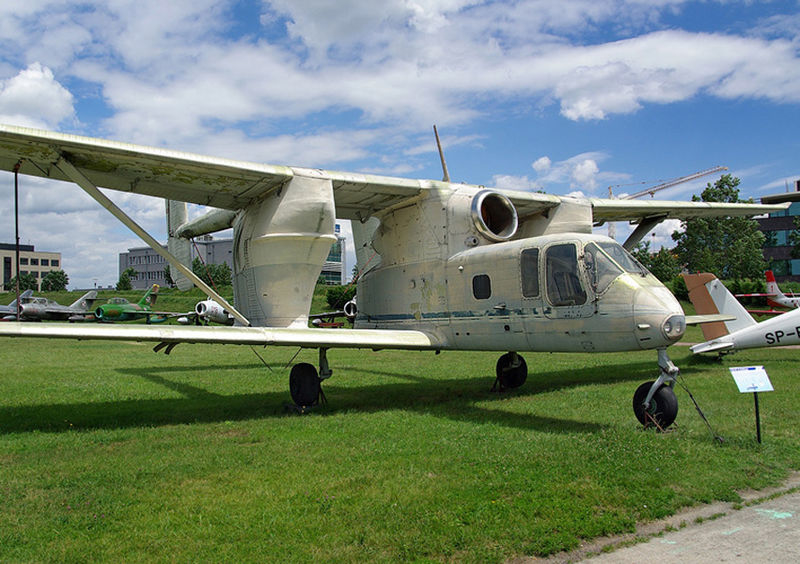
The PZL M-15 was a costly project which was completed and presented at the Paris Air Show in 1977, where it came away with its nickname, ”Belphegor” for its ugly appearance. It was a massive disappointment. The biplane, jet-powered crop duster was not only expensive to make but also to operate, and users criticized it harshly. The hulking farmhand hit a maximum speed of just over 120 mph. A year later, the Soviet Union canceled all further orders.
The NB-36 Convair Crusader
In the 1940s, the U.S. Air Force thought it would be a good idea to develop a bomber with a nuclear reactor mounted inside the tail of the plane. It was meant to test the feasibility of nuclear-powered aircraft. Granted, they encased the nuclear reactor with 11 tons of lead to protect the crew, which included two nuclear engineers, but chances were, an accident would cause serious radioactive contamination.
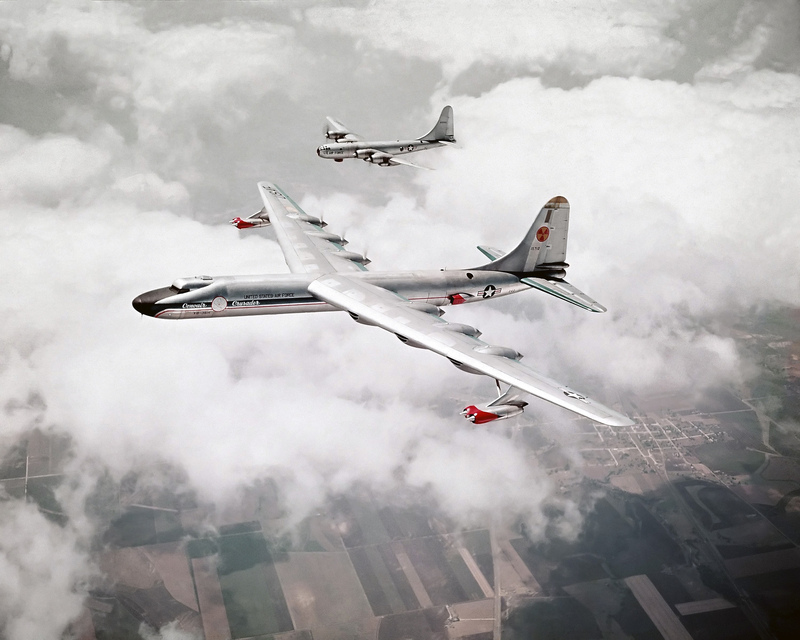
This plane was not powered by nuclear energy, six jet engines actually propelled it. But it was provided jet thrust by harnessing nuclear-heated air. The first test flight hit the skies in the summer of 1955. The NB-36 could hit 420 mph and weighed 357,500 pounds. It flew a total of 47 flights before President Eisenhower decided the program was unnecessary which was probably influenced by public concern about a nuclear reactor flying over homes.
The Vought F7U Cutlass
The Vought F7U was once flown as a Blue Angel for the Navy until navy men refused to pilot the flight hazard that earned the nickname the “Gutless Cutlass.” Out of the 300 F7Us built, a full one-quarter were destroyed in accidents due to engines that did not have the right stuff.
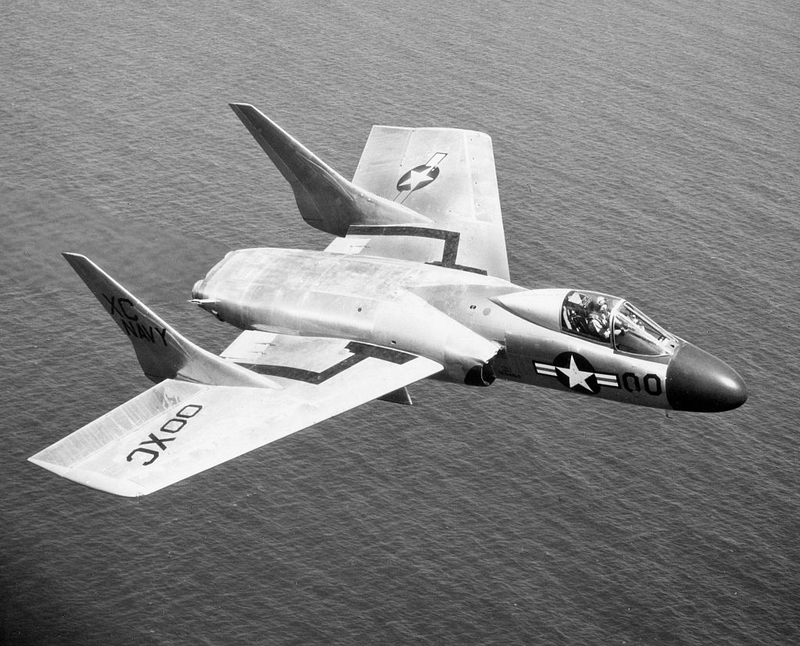
But when the F7U Cutlass was introduced, it looked like a modern marvel. Sleek design elements featured a blunt, tailless plane, the first of its kind. The wide and imposing sweptwing was believed to be the fighter jet of the future. It featured hydraulically powered controls, but most of the crashes were due to poor hydraulics and not enough thrust. Twenty-five Navy pilots were killed flying the F7U, and many more quit on the spot after flying it.
The Bell YFM-1 Airacuda
With such a clever name, how could the Airacuda end up grounded? Bell Aircraft Corporation put the YFM-1 Airacuda into the skies on September 1, 1937. The futuristic aircraft was armed with speed and fighting power. A set of 37mm cannon gun turrets were mounted on both wings. Design missteps ultimately rendered the interceptor useless. Besides being heavy and slow, lacking maneuverability, the weaponry almost literally backfired, in one case, filling the gunners’ compartment with smoke.

The plane had no backup cooling system and they were vulnerable to overheating. Designed for turbo supercharging, the reality generated barely 1,000 horsepower per engine. These and other problems resulted in the Airacuda being shelved after just one squadron was produced.
The McDonnell Douglas DC-10
The future was bright when longtime airline manufacturer McDonnell Douglas modernized air travel with the DC-10. The DC-10 was introduced in 1971 and would revolutionize air travel by making it affordable to the masses. In a few years, however, tragic safety failures tagged the jumbo jet with the label “death trap.”It was responsible for the worst flight disaster ever when a DC-10 taking off from Paris crashed in Turkey killing 346 people.
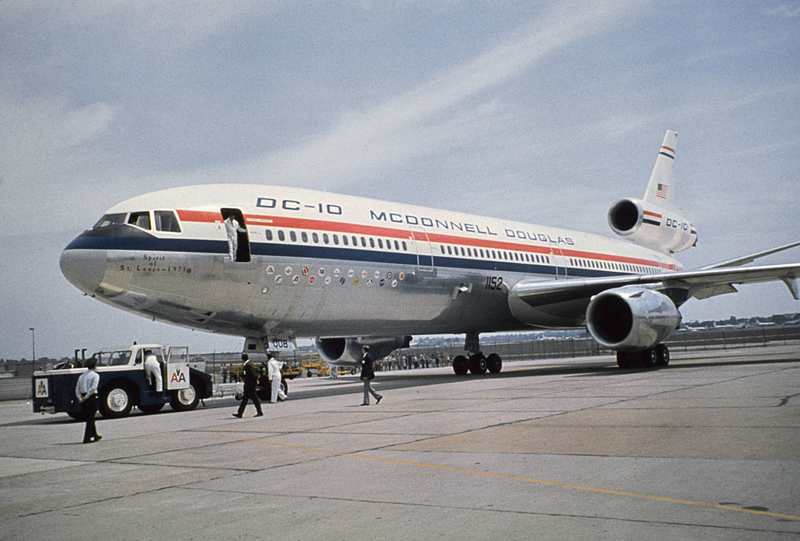
Two years later, a crash shortly after takeoff in Chicago killed 271 people. It seemed like the DC-10 and McDonnell Douglas would never recover. Amazingly, the company repaired the flaws and its reputation, and the DC-10 turned out to be one of the world’s most successful passenger jets. In February of 2014, the DC-10 flew its last flight, retiring the vessel for good.
The Fisher P-75 Eagle
During the World War II-era, demand for aircraft was high. President Roosevelt rushed a request for 50,000 new airplanes per year in May of 1940. The Fisher P-75 Eagle was an attempt to help fill the order. Touting the fighter as a “wonder plane” with the fastest rate of climb and the most aggressive artillery, General Motors and Fisher pumped the interceptor designed for the Air Force out in a year. The fighter craft was named to represent a fierce combat machine.

The P-75 harks back to the French 75 gun, a savage piece of weaponry symbolizing German defeat. In the end, the P-75 Eagle did not deliver. Acceleration rates missed expectations, engineers failed to calculate properly the fighter pilot’s center of mass, and the engine cooling system was insufficient. Only 14 were built, and the program was canceled. No one wanted their plane.
The Wright Flyer
In 1903, The Wright Flyer completed the first airplane flight. 120 years after balloon aviation, Orville Wright piloted his craft for a miraculous 59 seconds. That’s right, his flyer traversed 852 feet over the beaches of Kitty Hawk, North Carolina in just under a minute. It was one of several attempts that day by Orville and his brother Wilbur Wright.
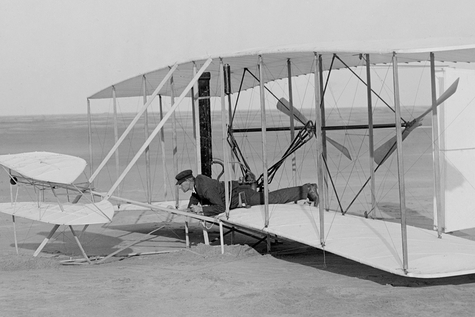
The last landing was so turbulent it broke the craft’s front supports. Soon after, a swift wind tumbled the Wright Flyer into somersaults. The damage prevented it from ever being flown again. It may seem like a failure, but it ushered in the age of aviation and the invention of the modern airplane as we know it today.

Why Should You Eat More Radishes?

At What Age Are People Happiest?

Trees Use Forest-Wide Communication Networks

Can Animals Sense Natural Disasters?

Study Reveals an Unexpected Benefit for Spicy Food Lovers

Science Might Be Able to Make Running Easier

The Science Behind Polydactyl Multi-Toed Cats

“Sorry, I thought I Was a Shark” and Other Funny Things People Said Under Anesthesia
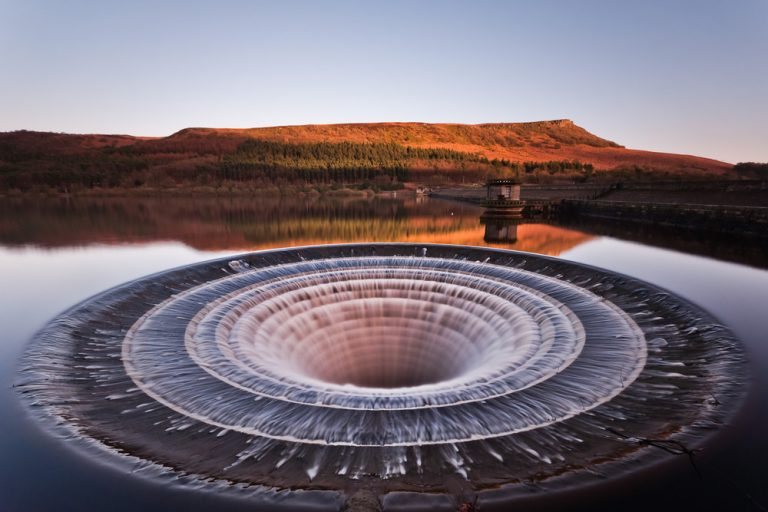
The Story Behind The Mysterious Hole Spotted In A Lake In California

Check Out These Creative Ways Aluminum Foil Can Improve Your Life


